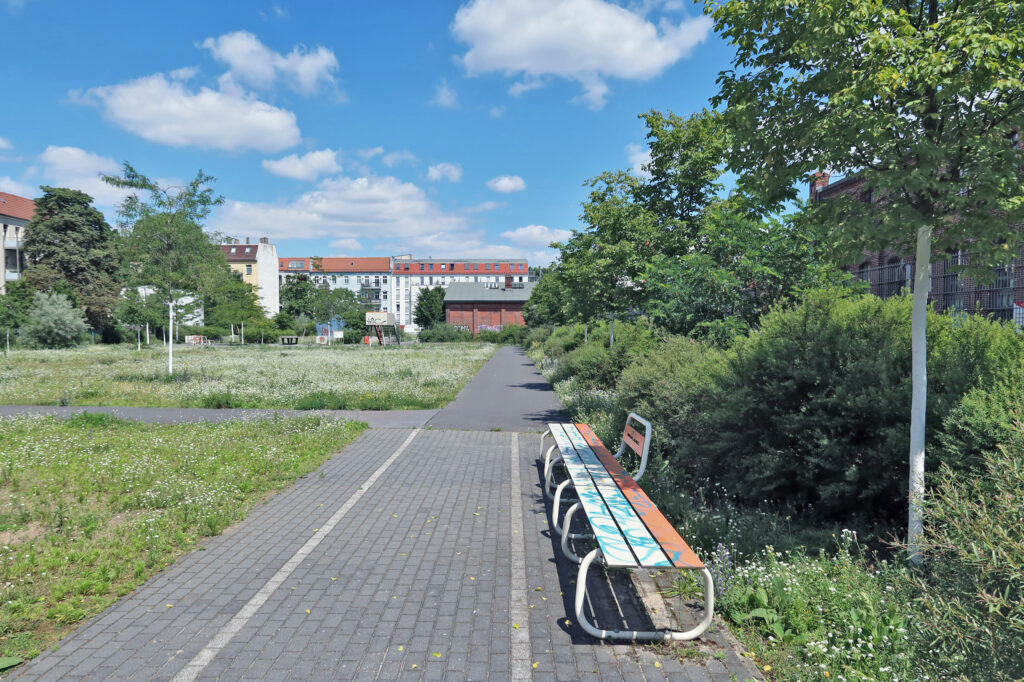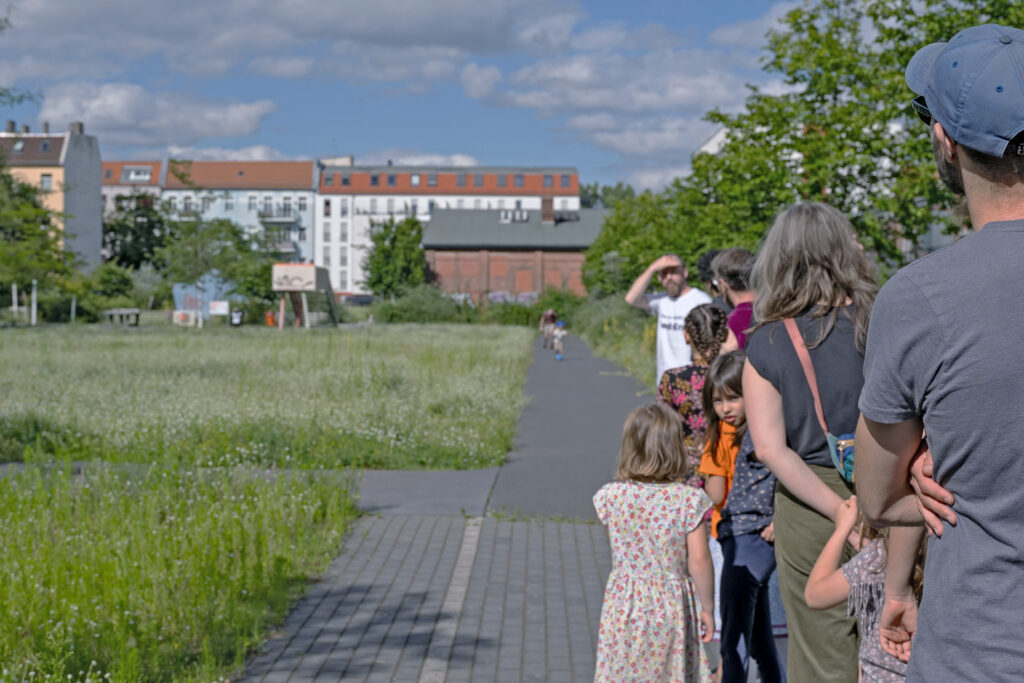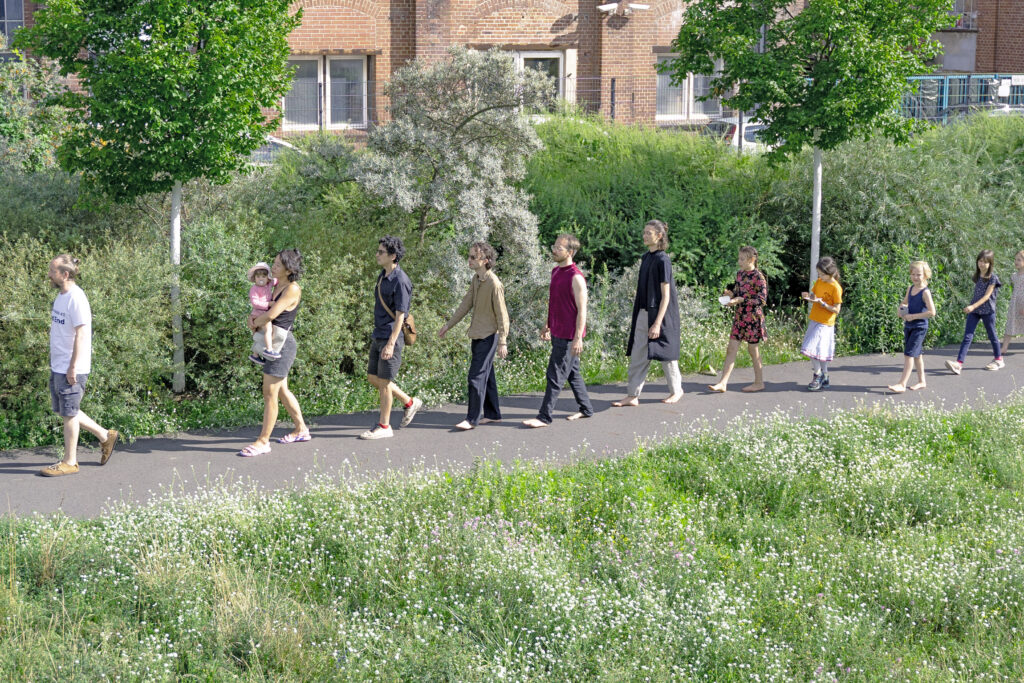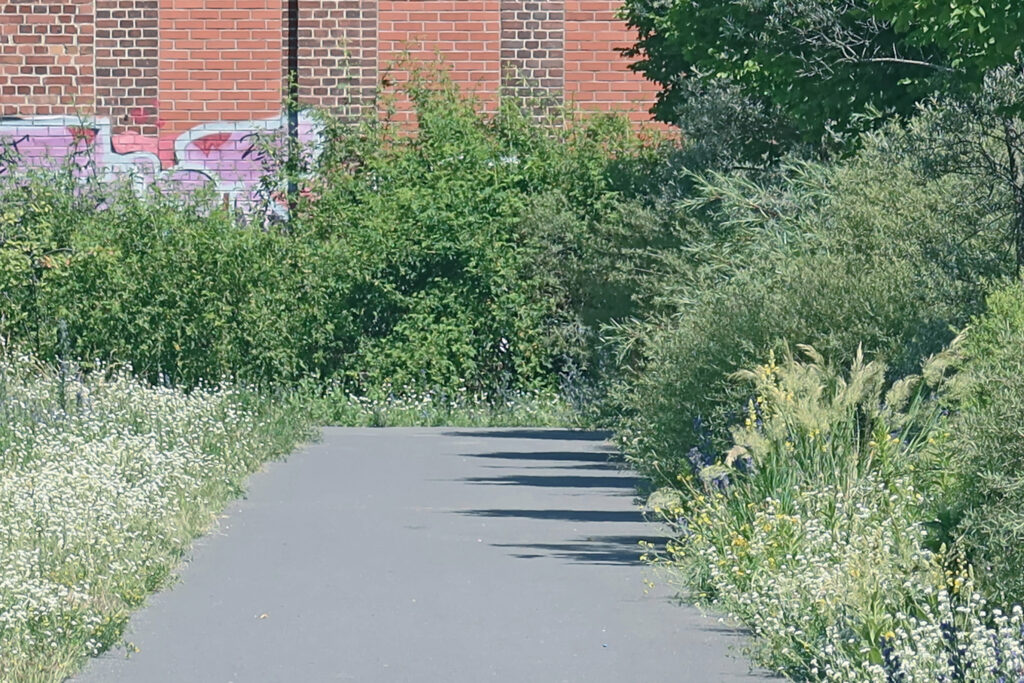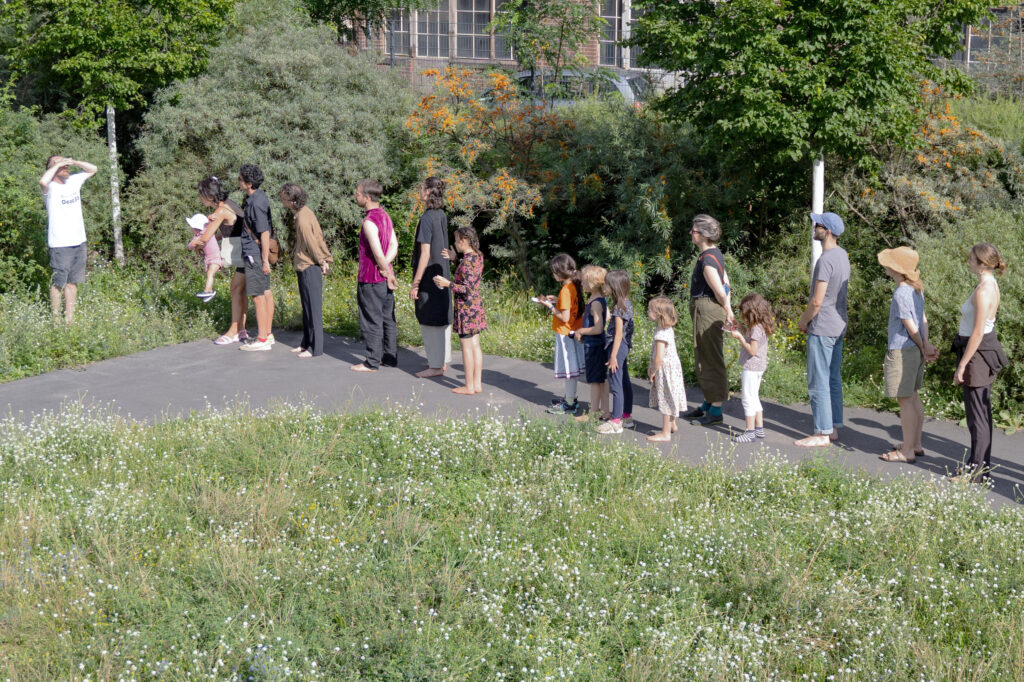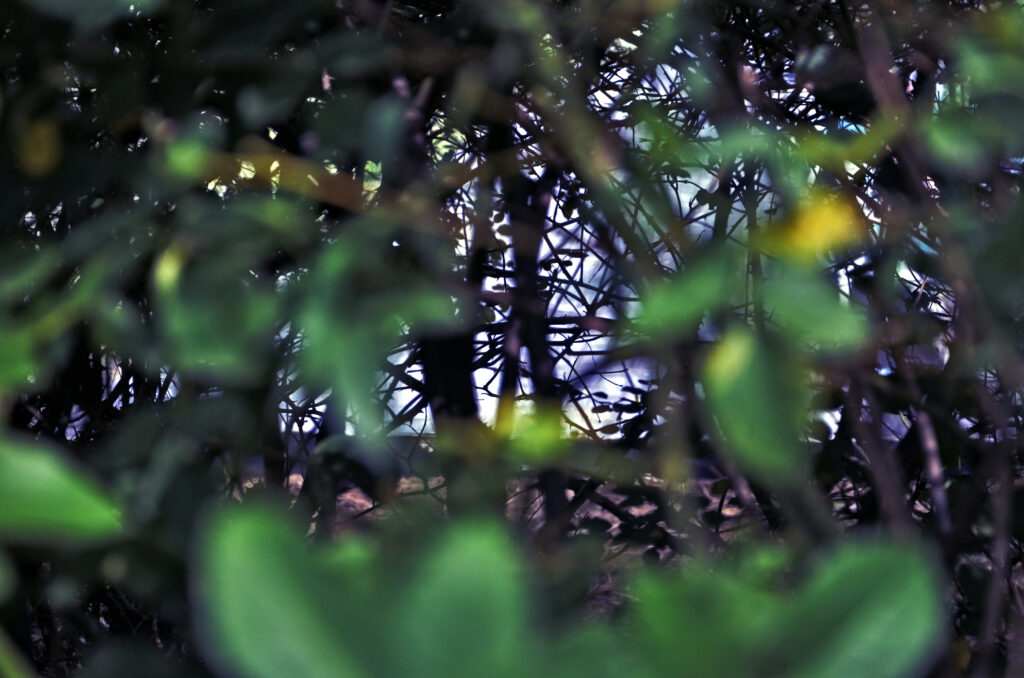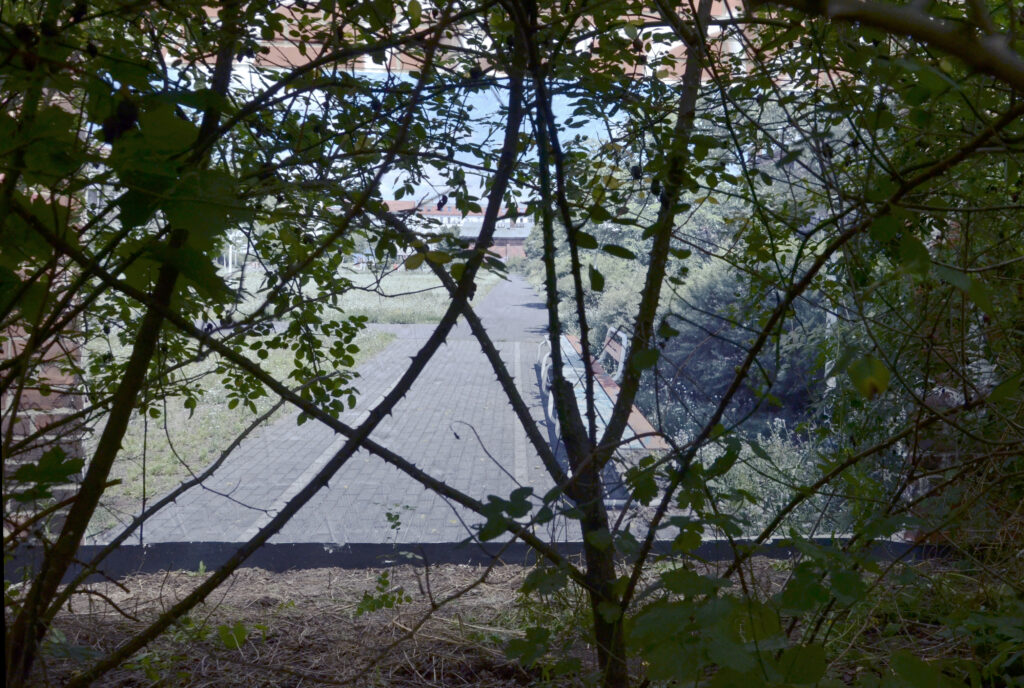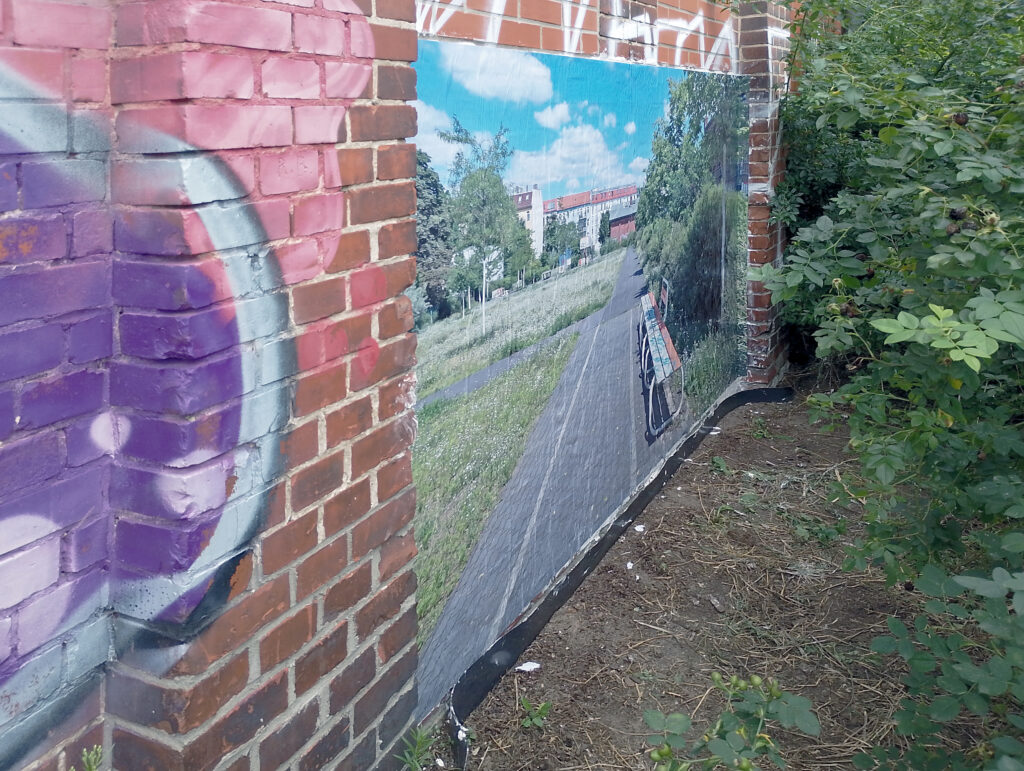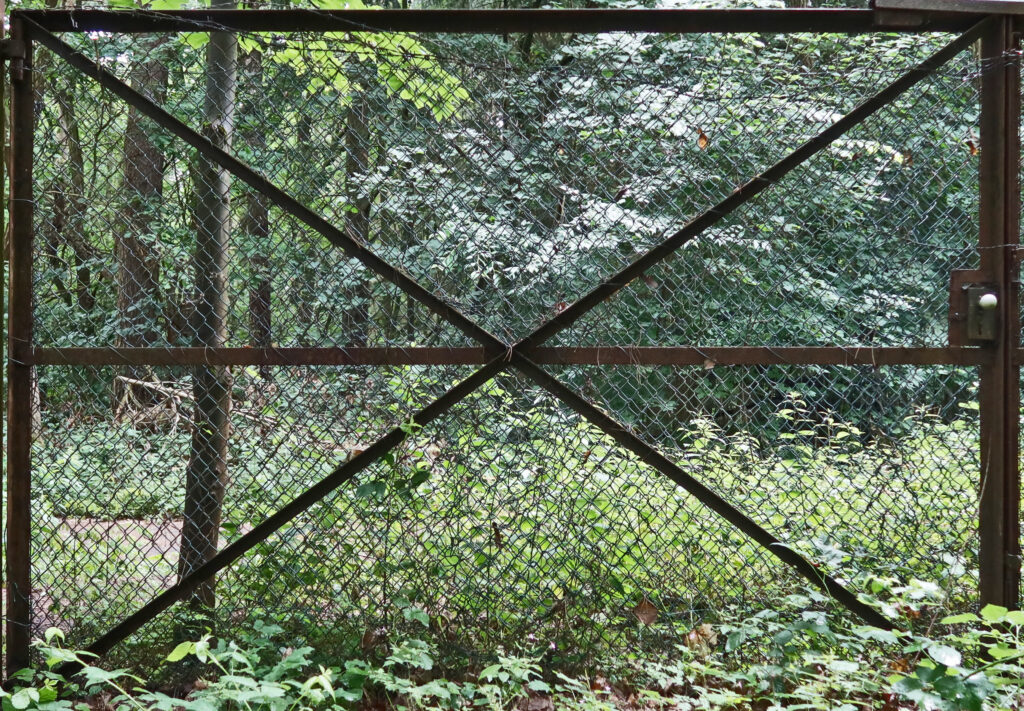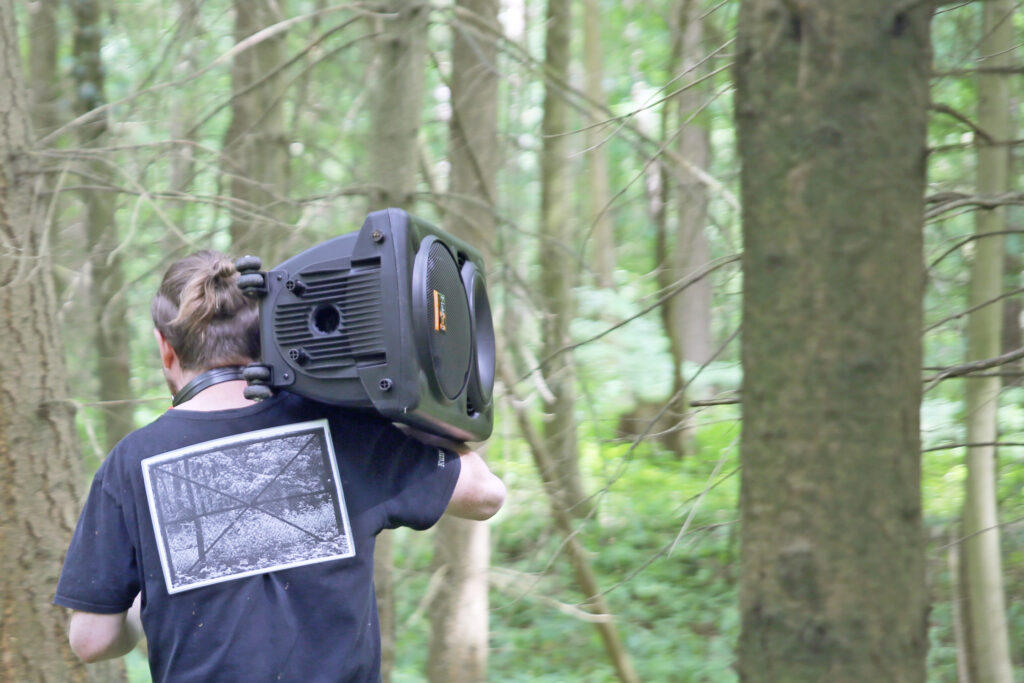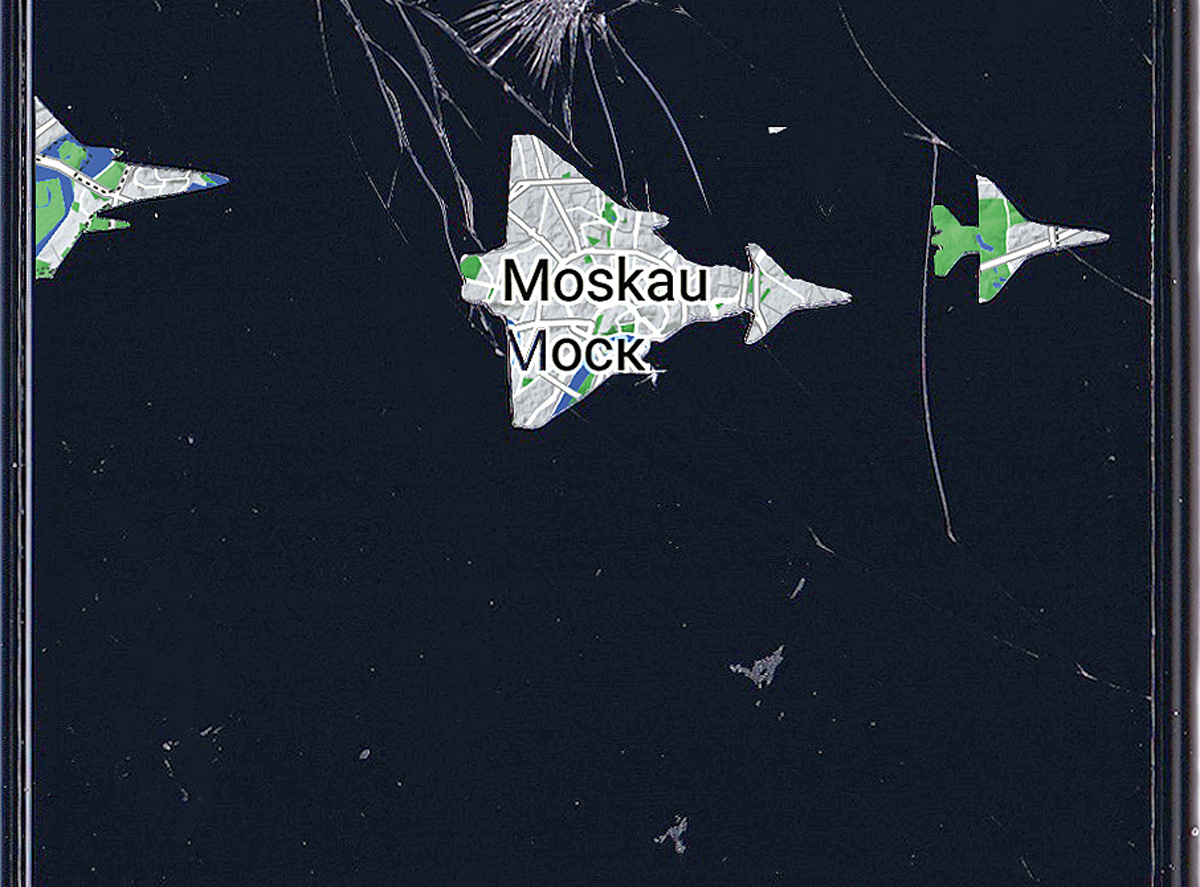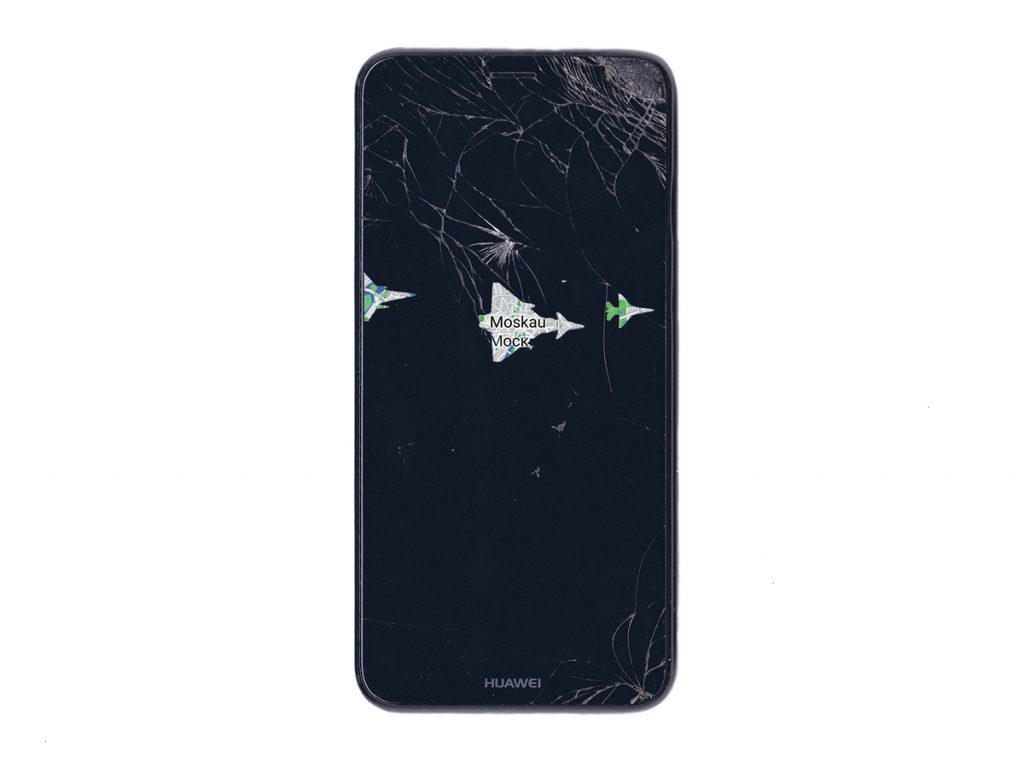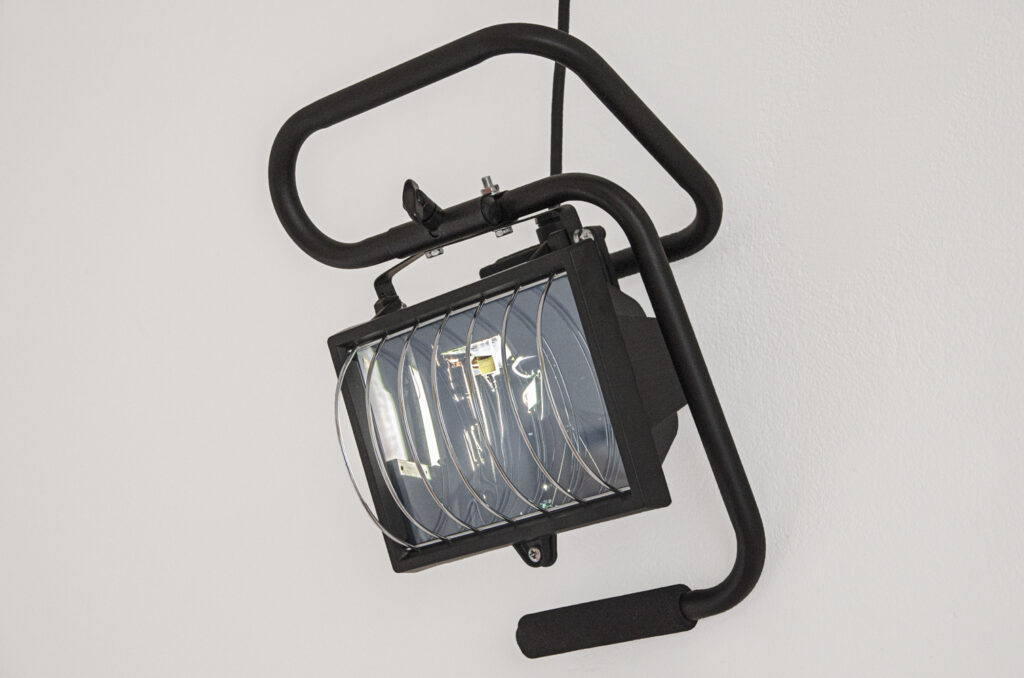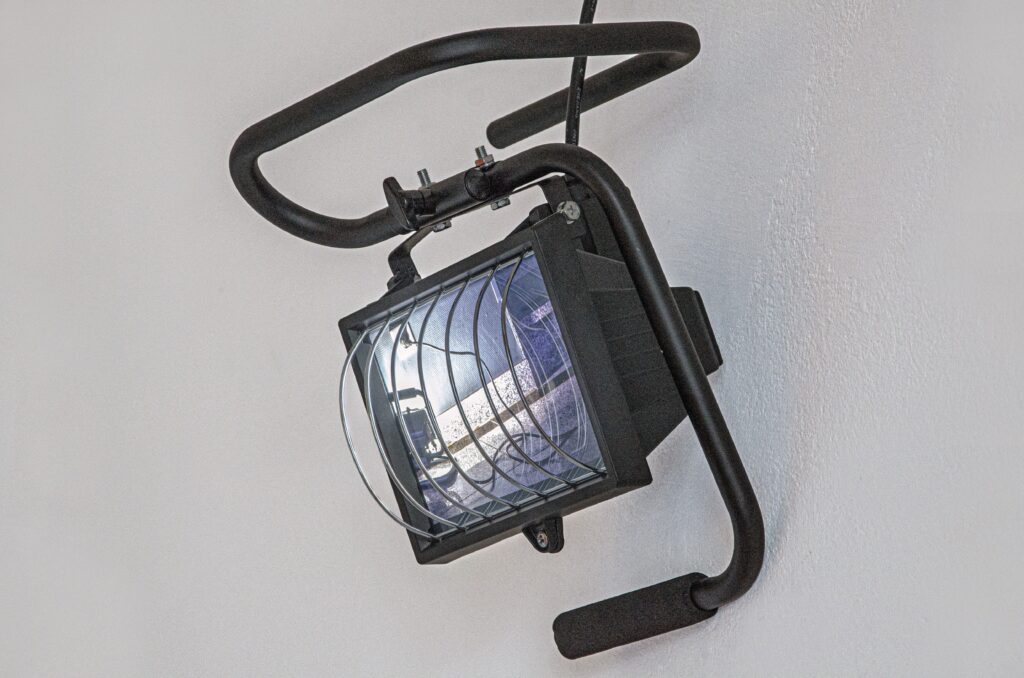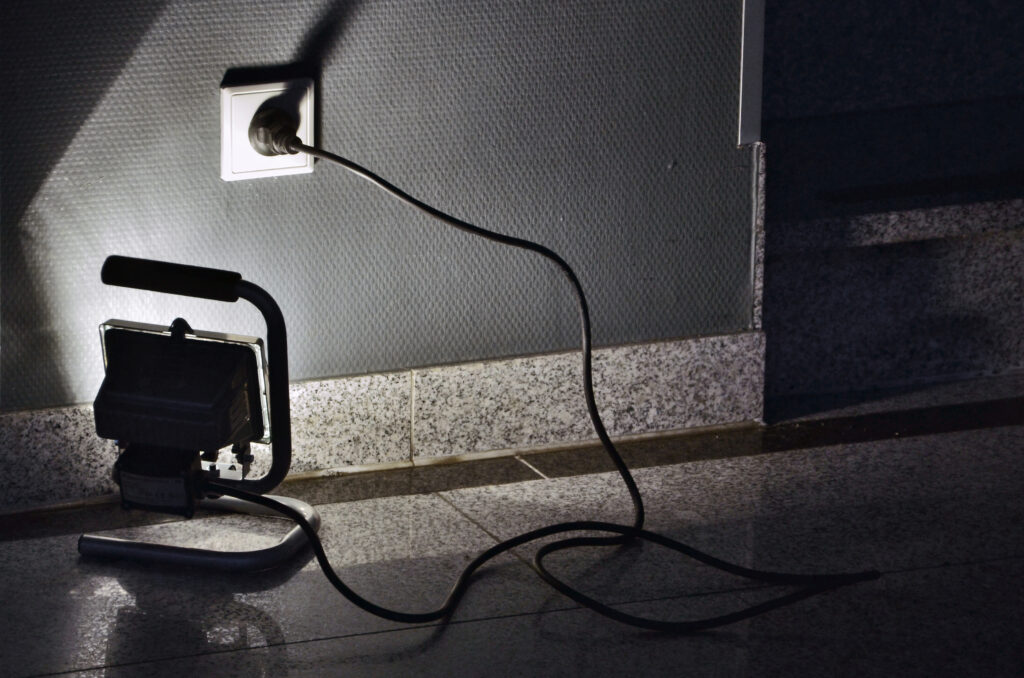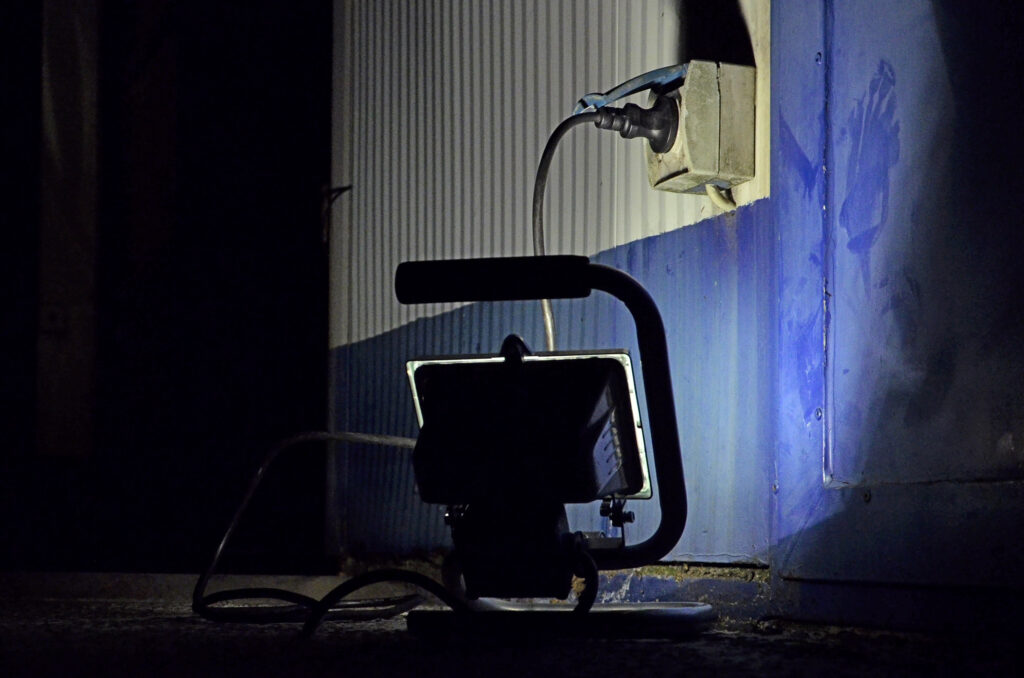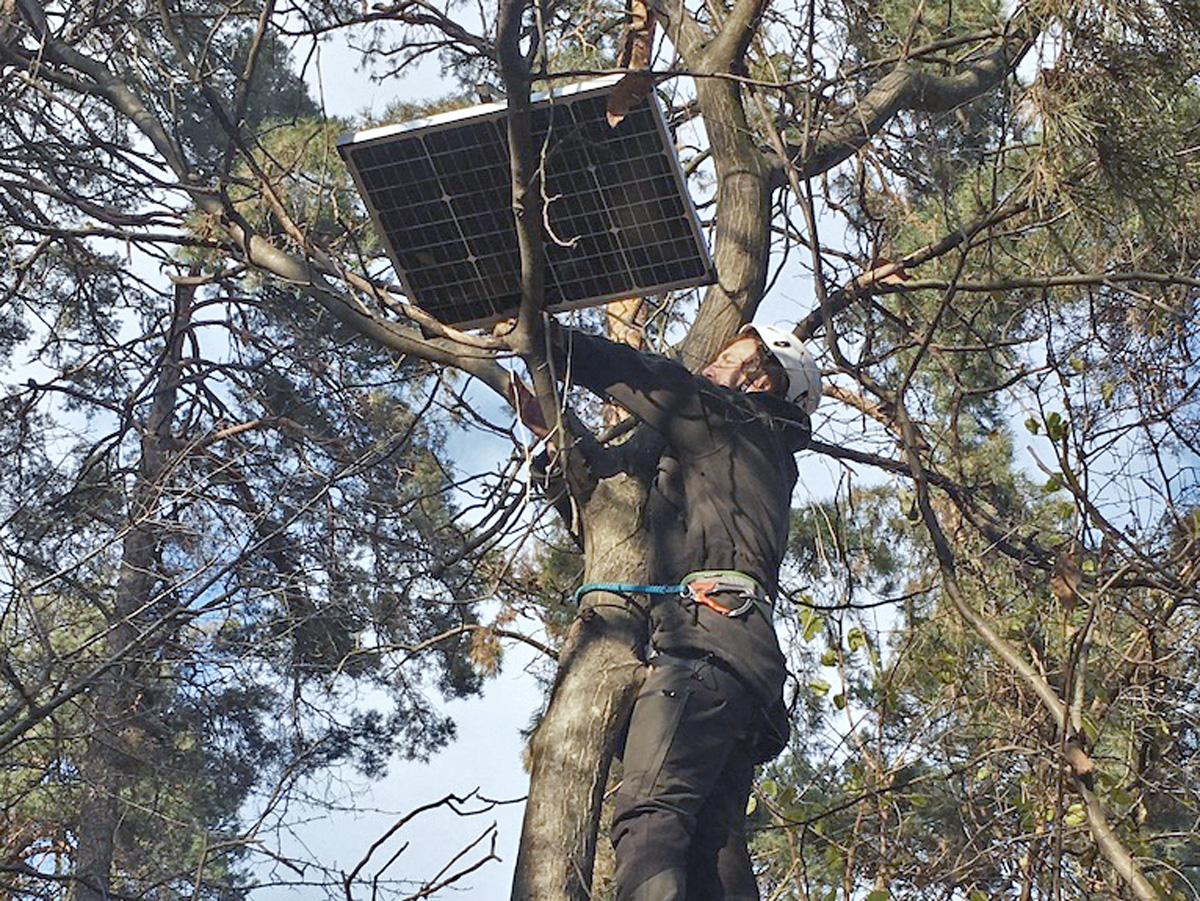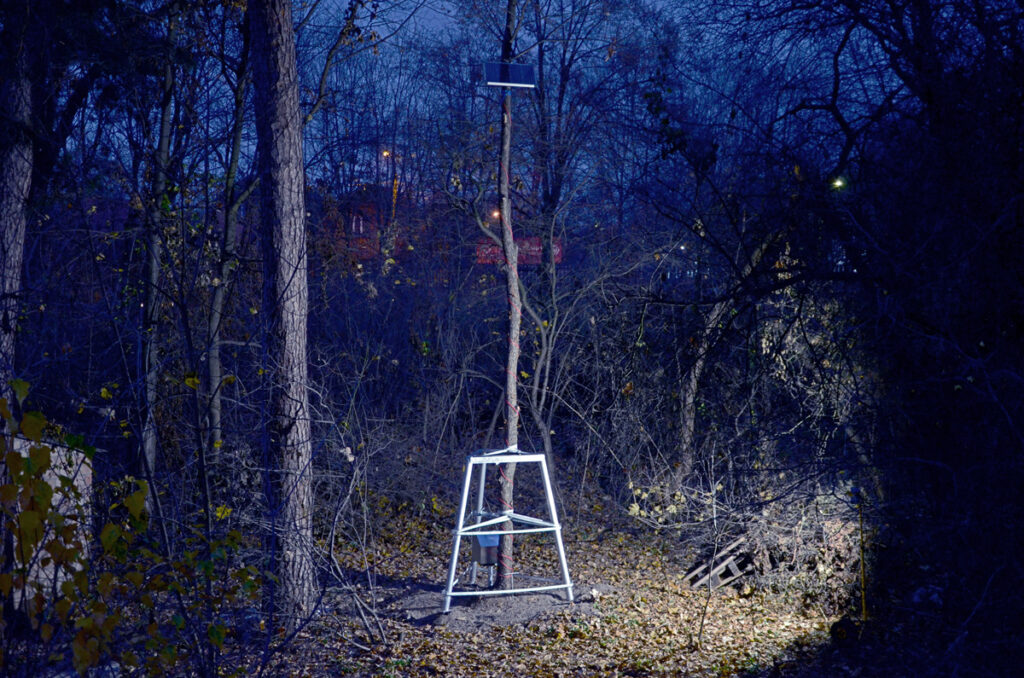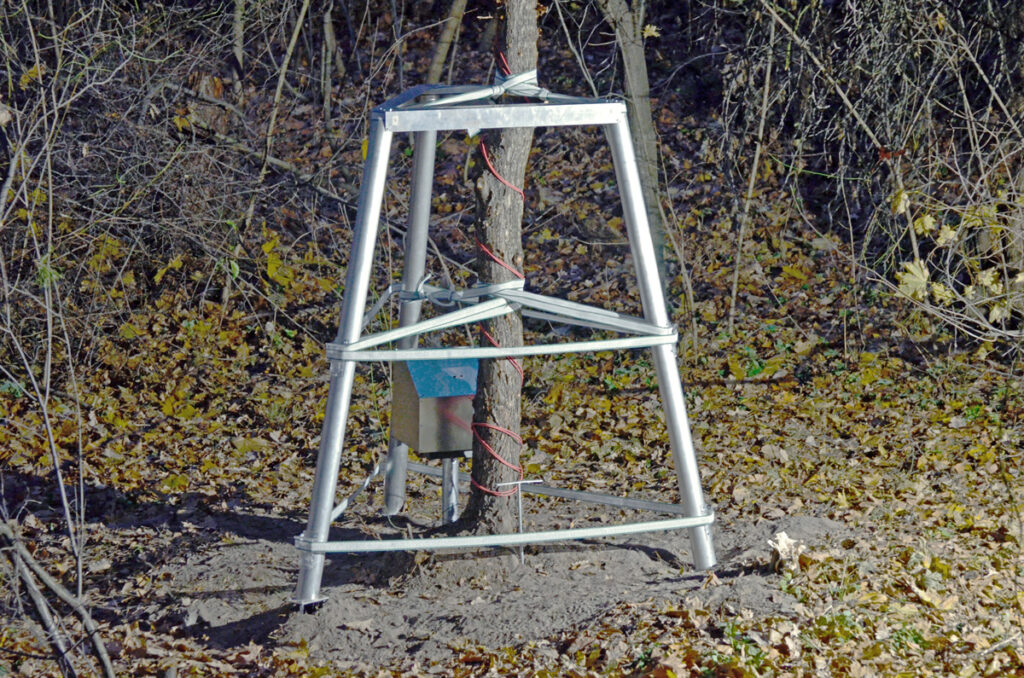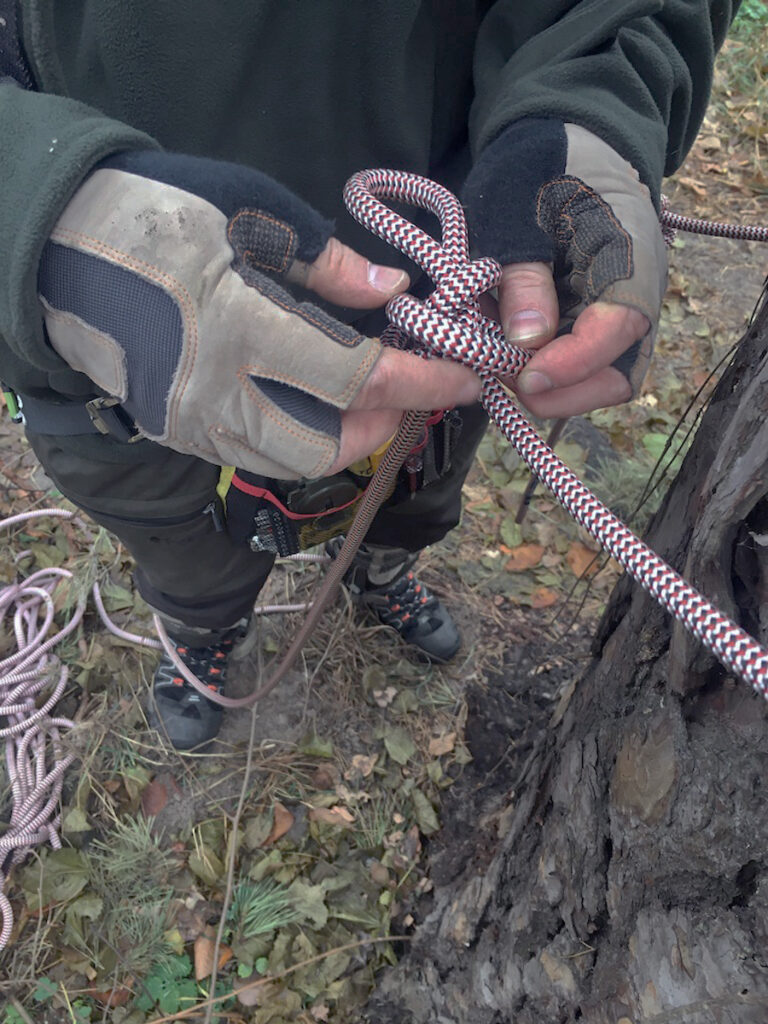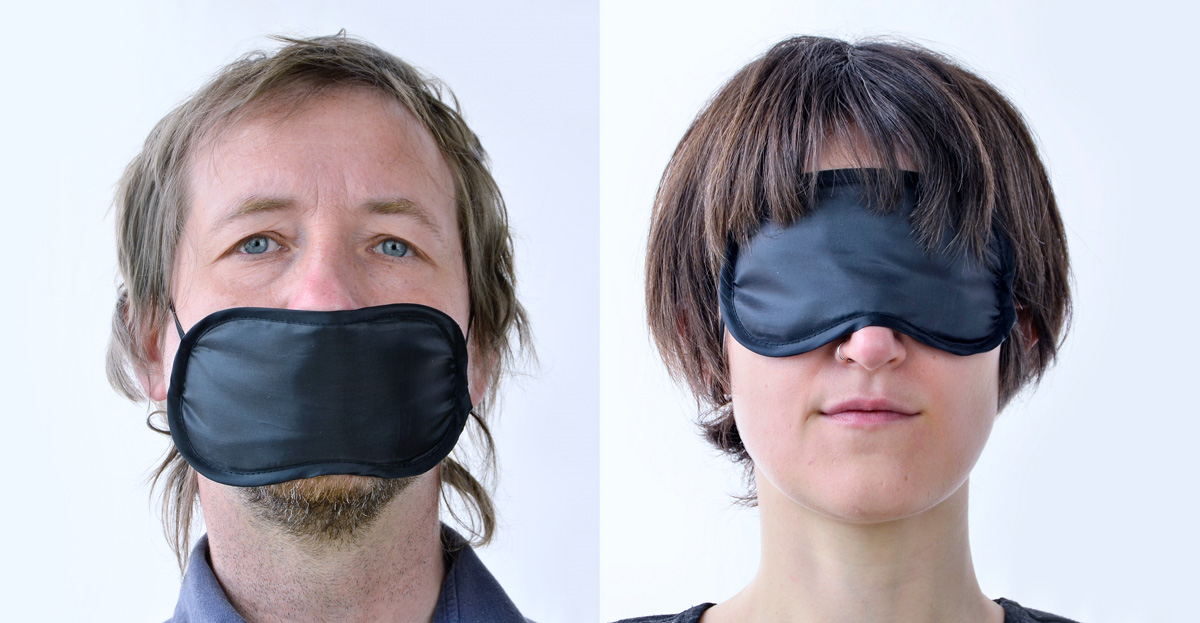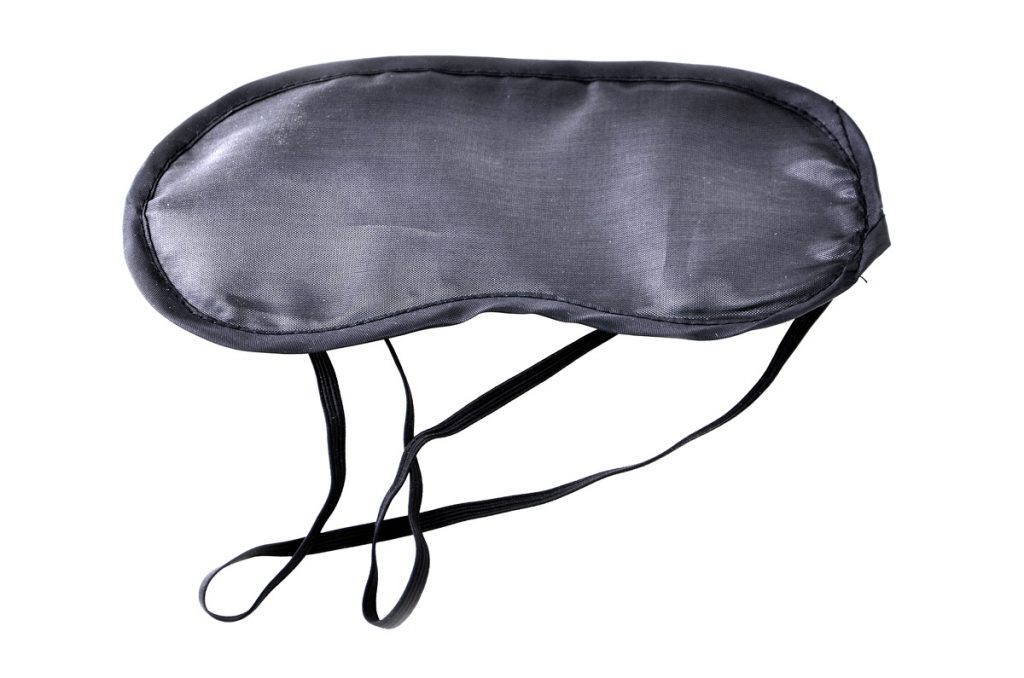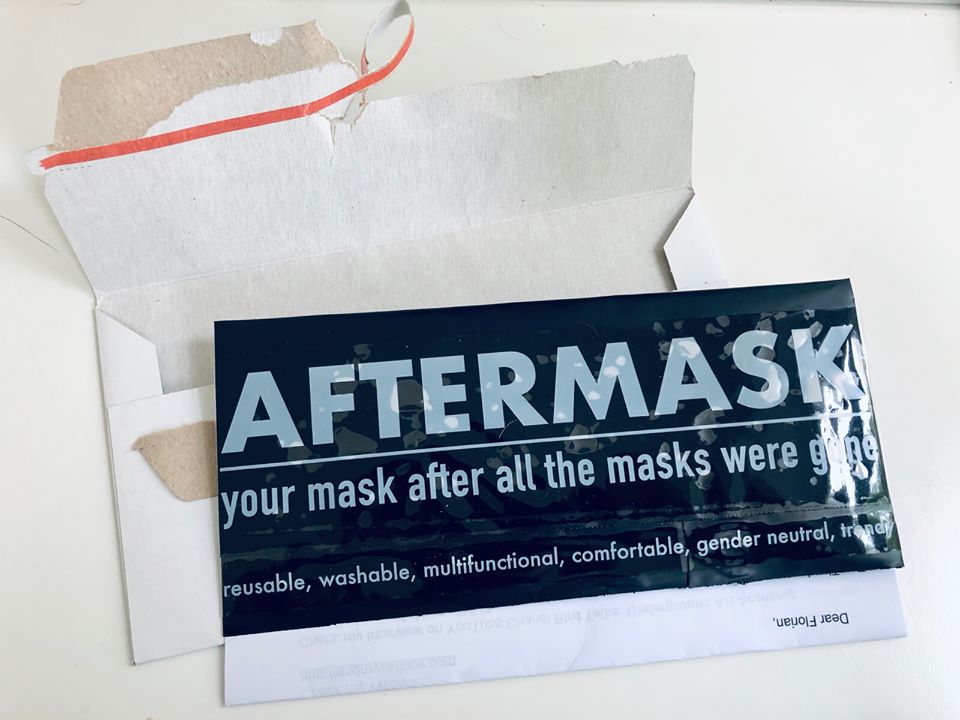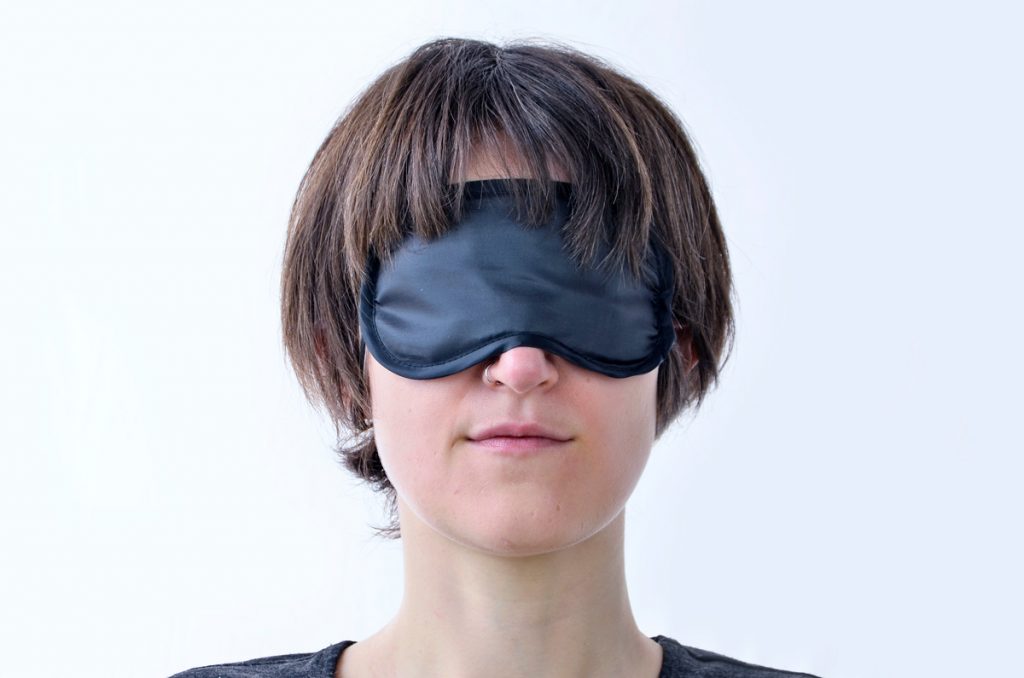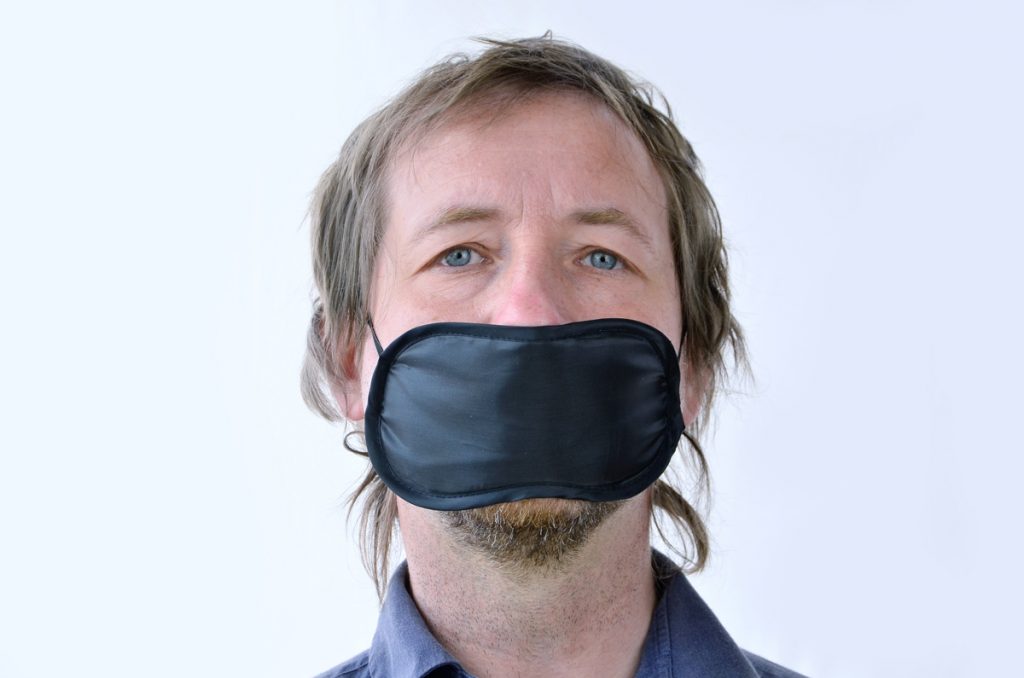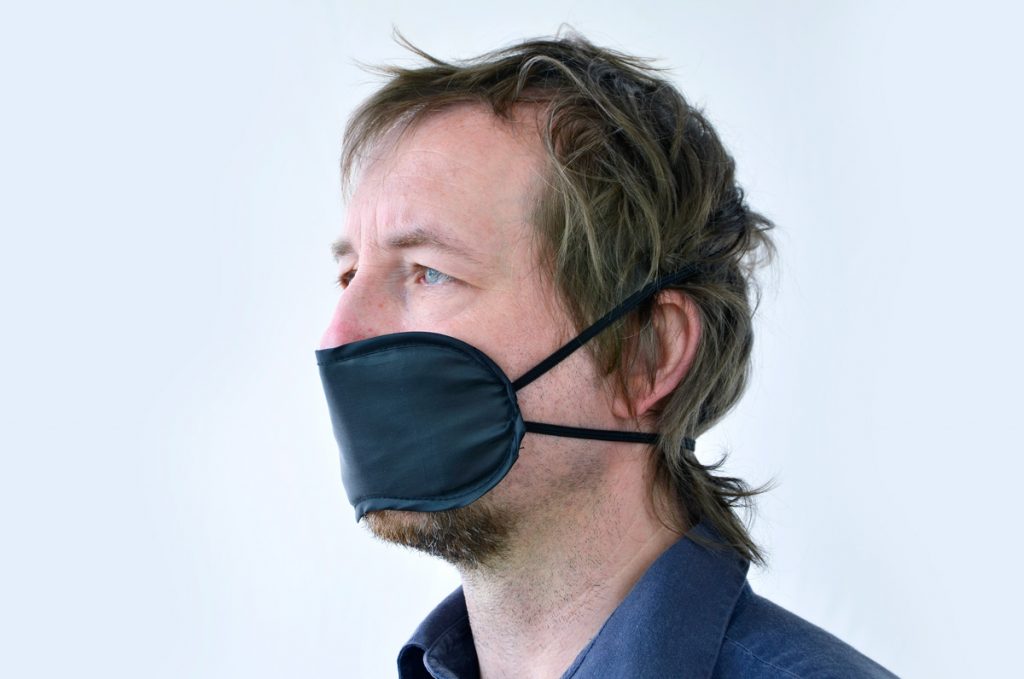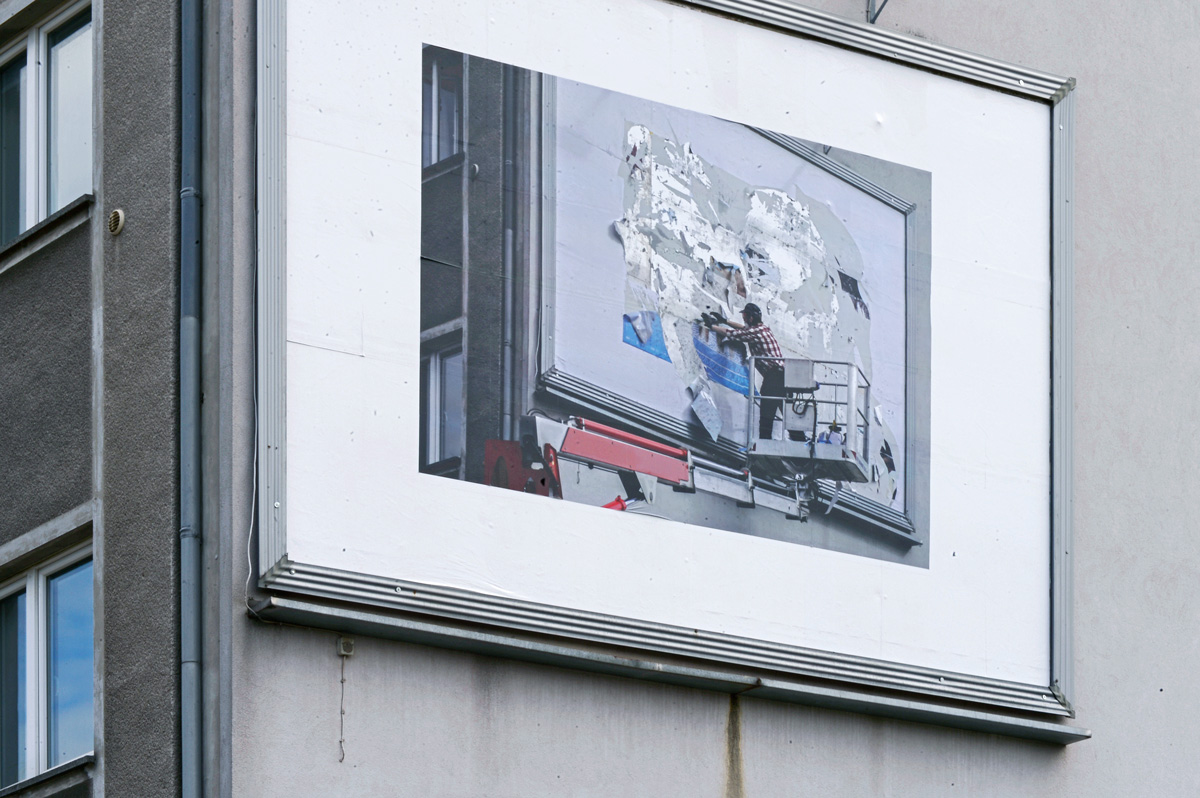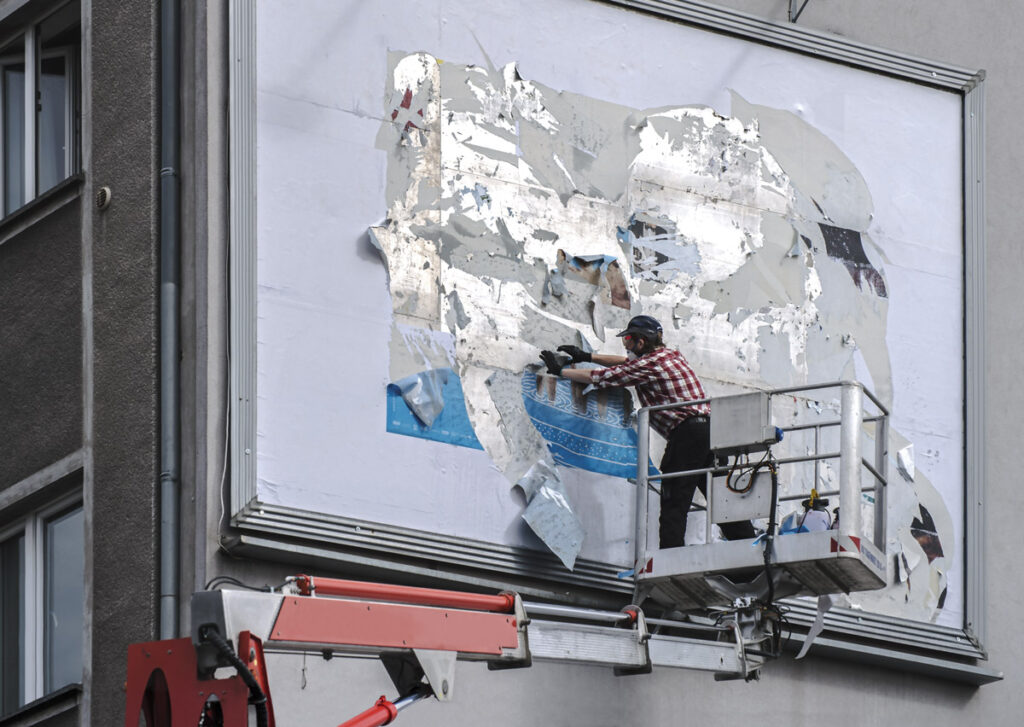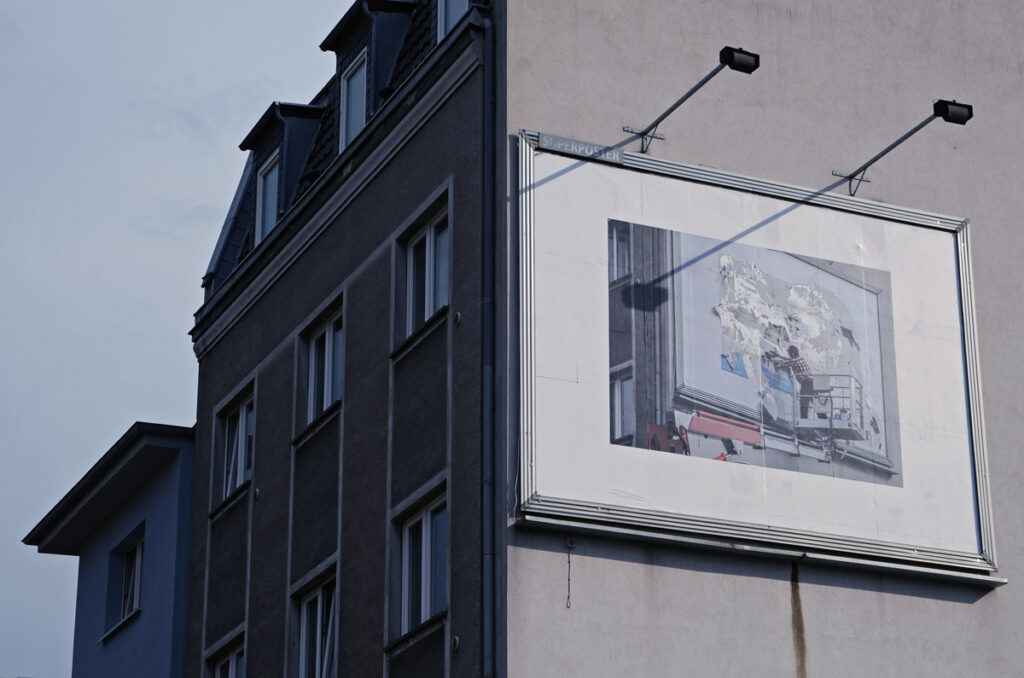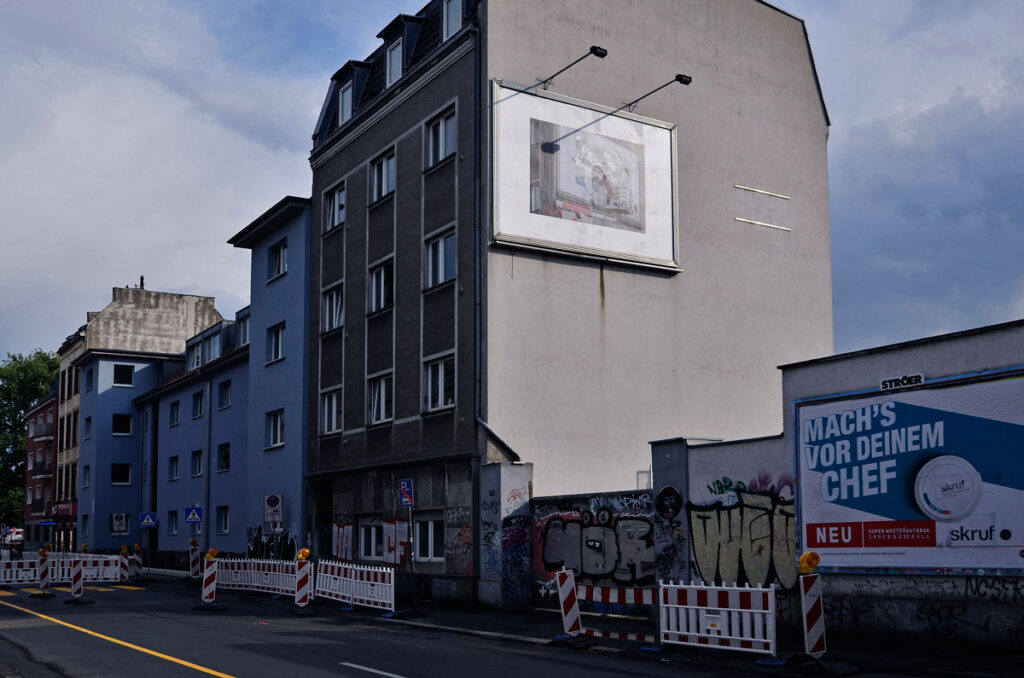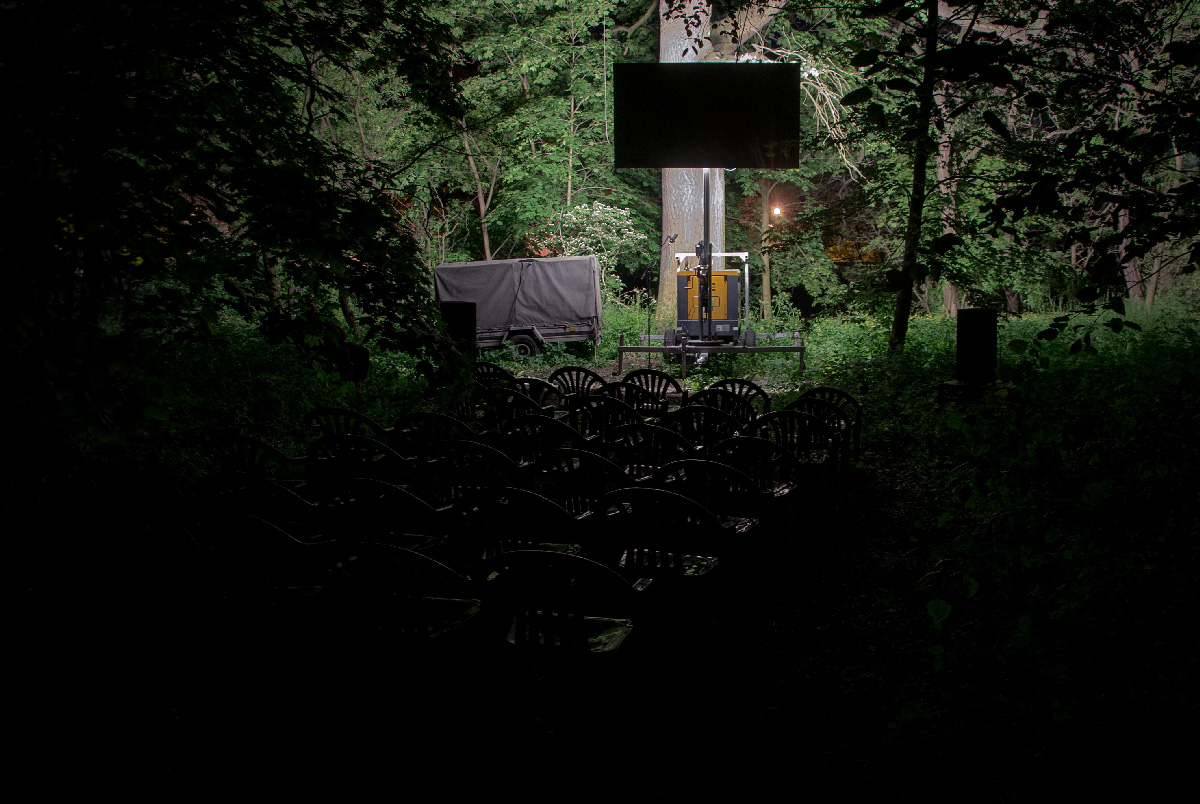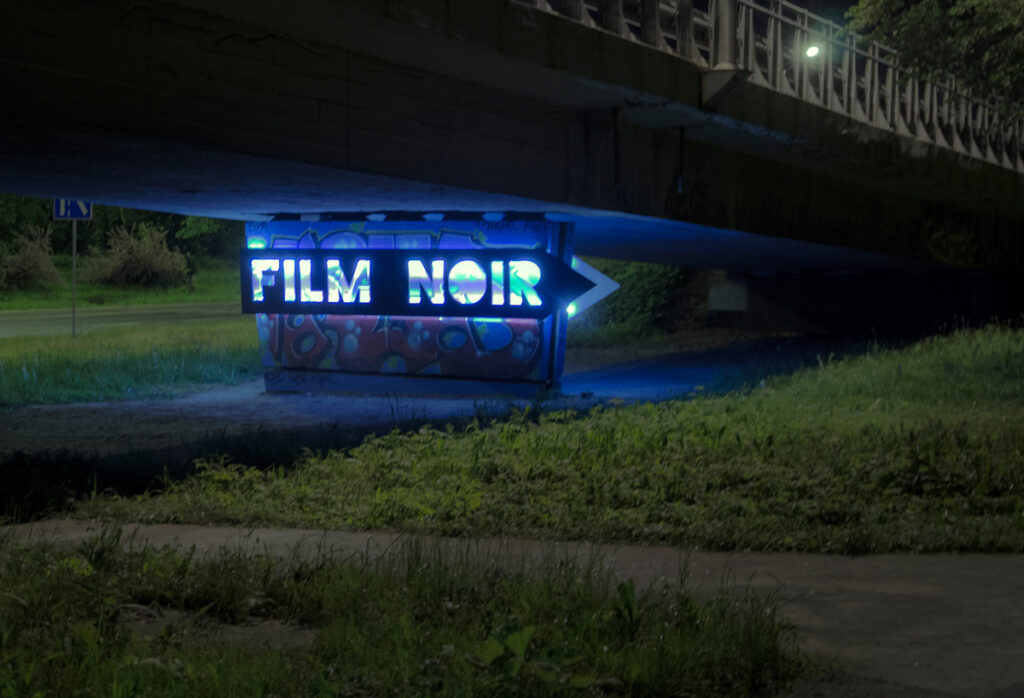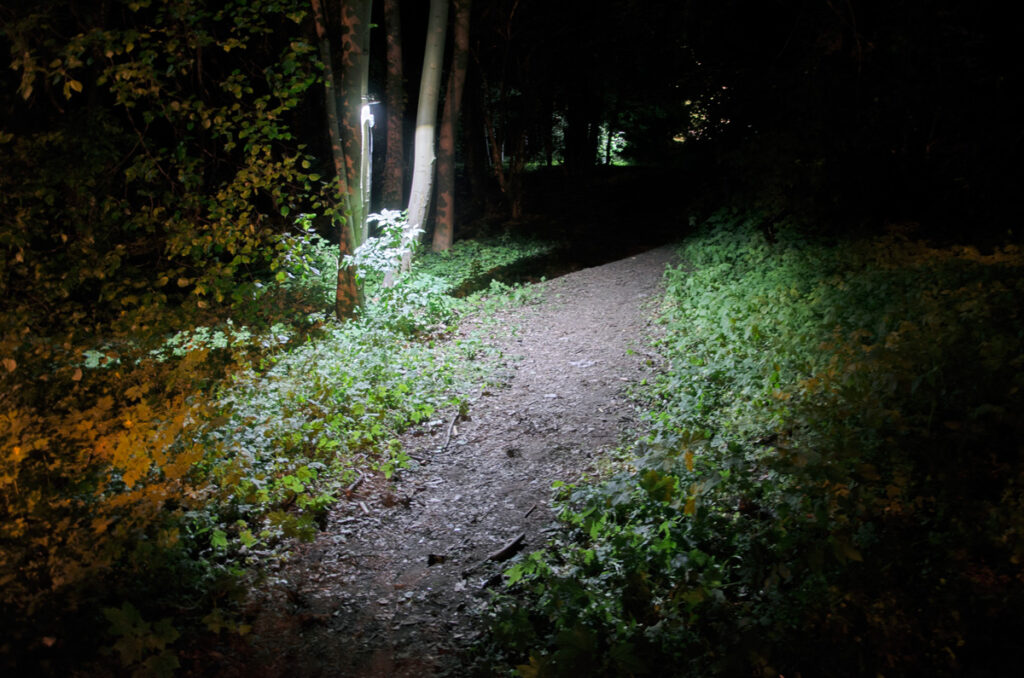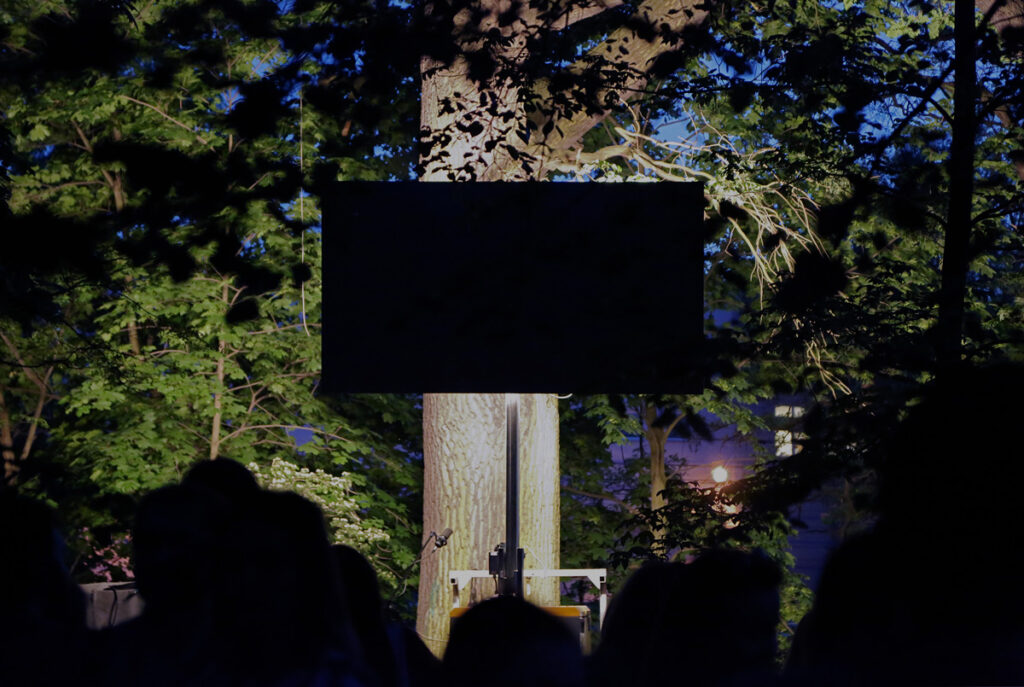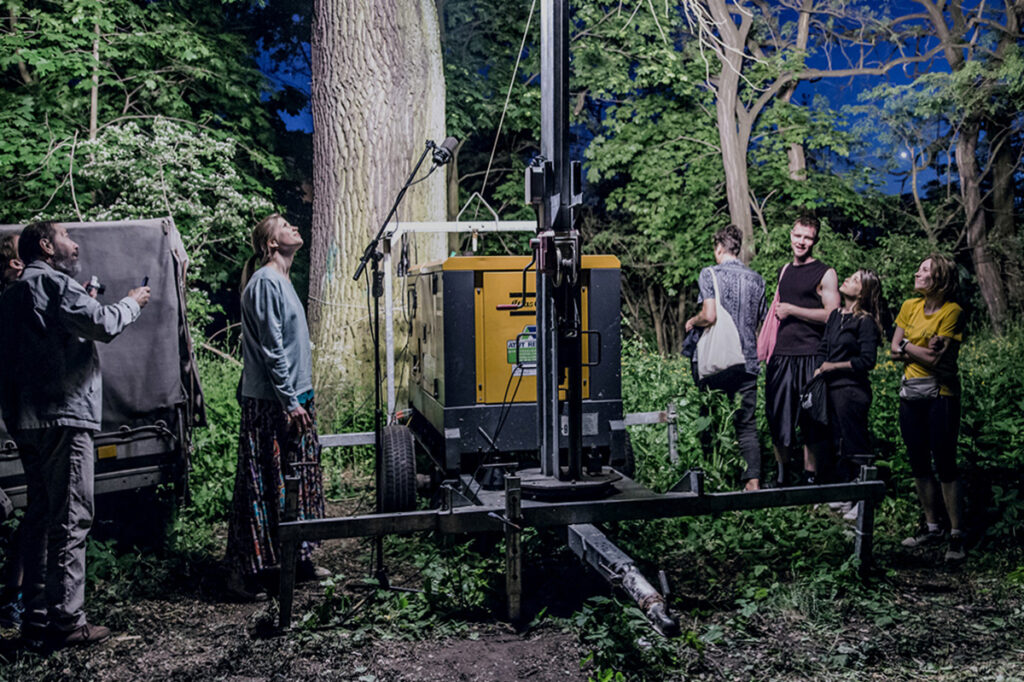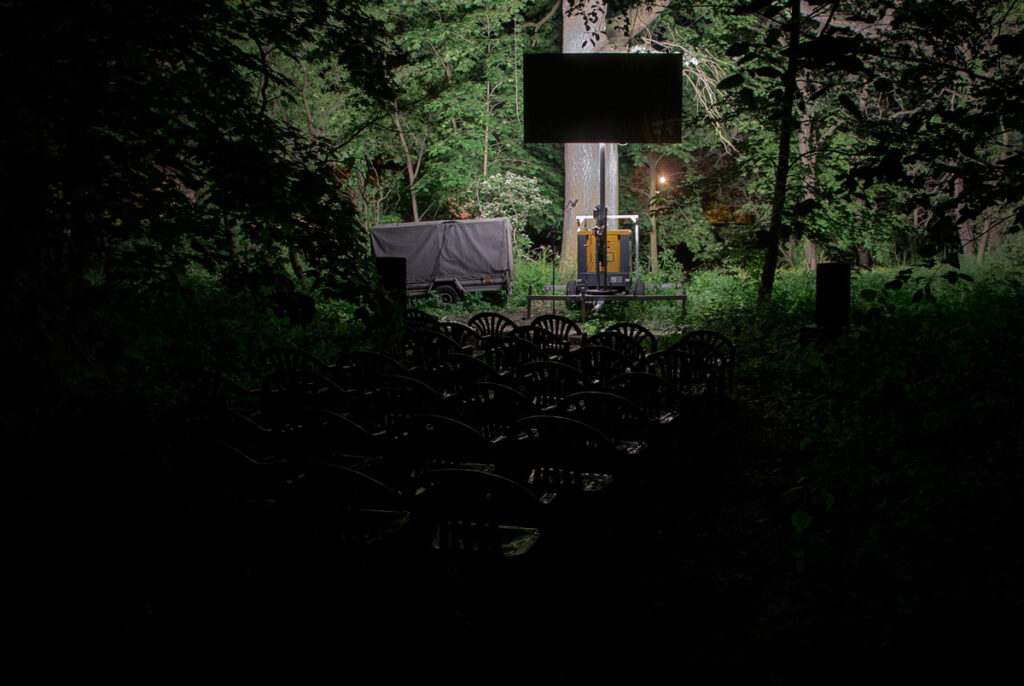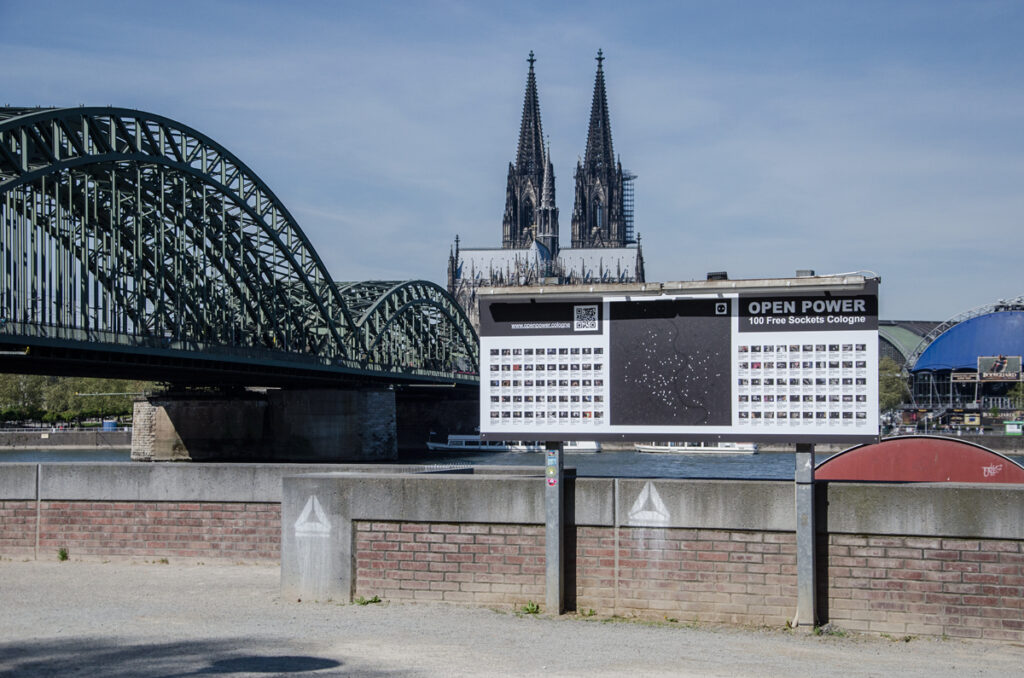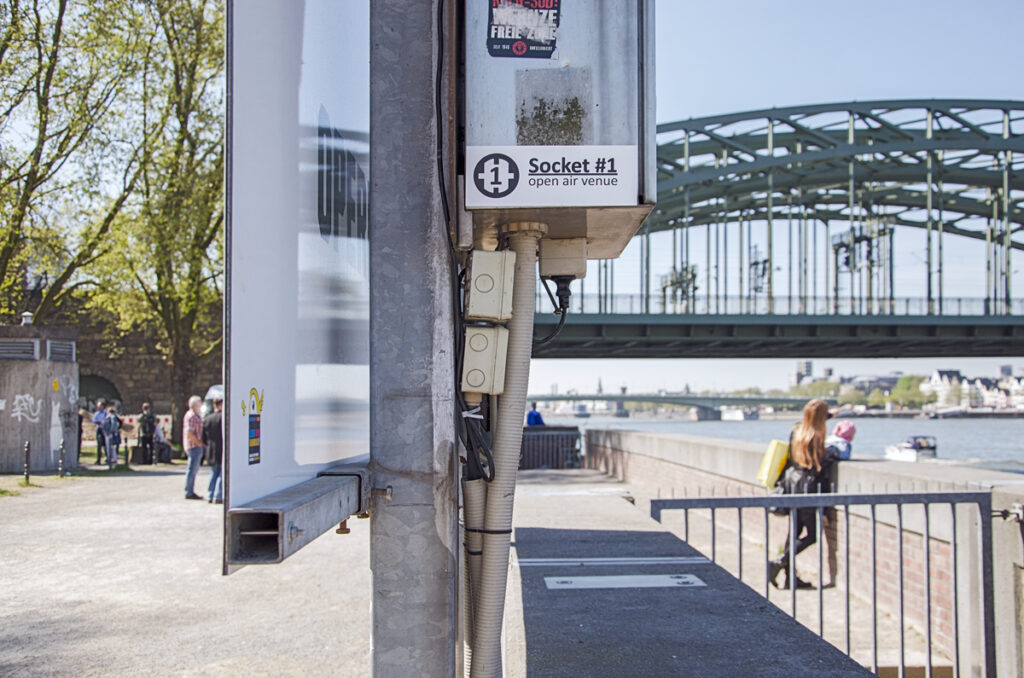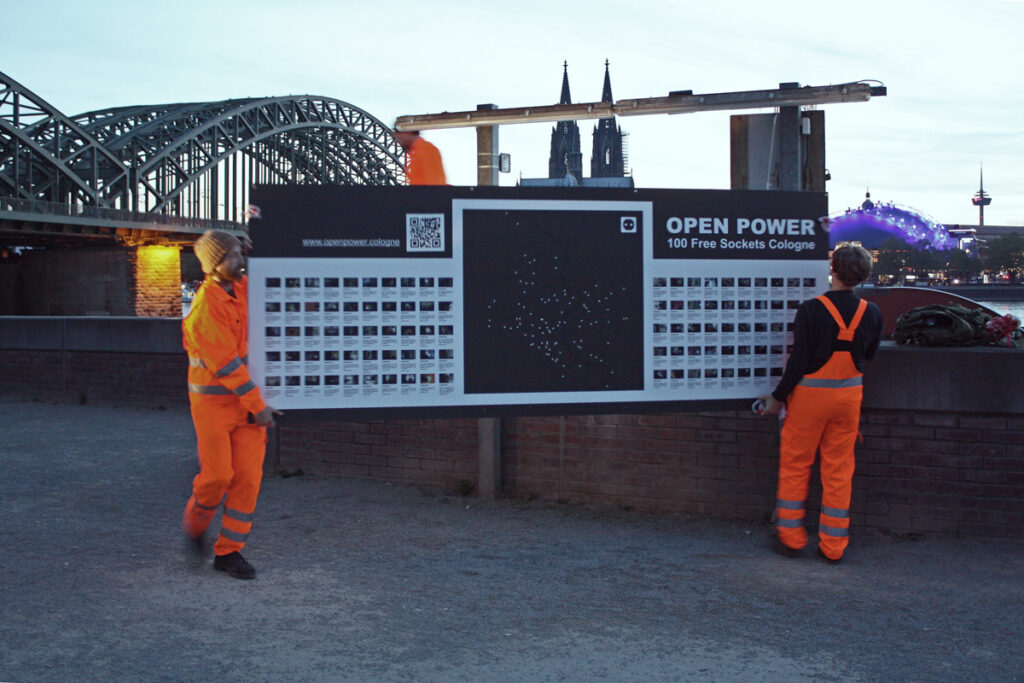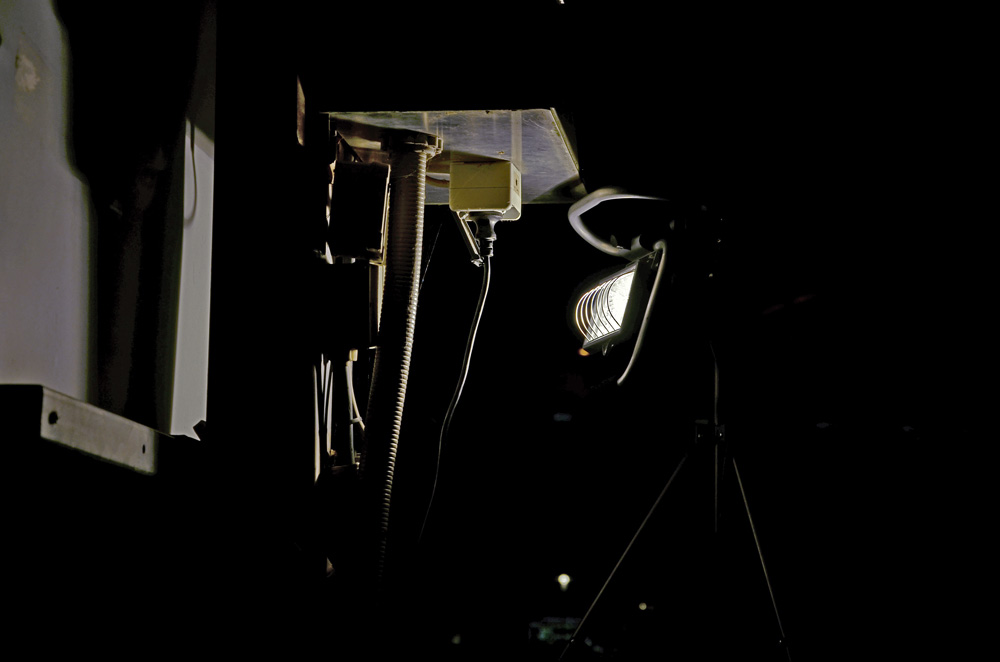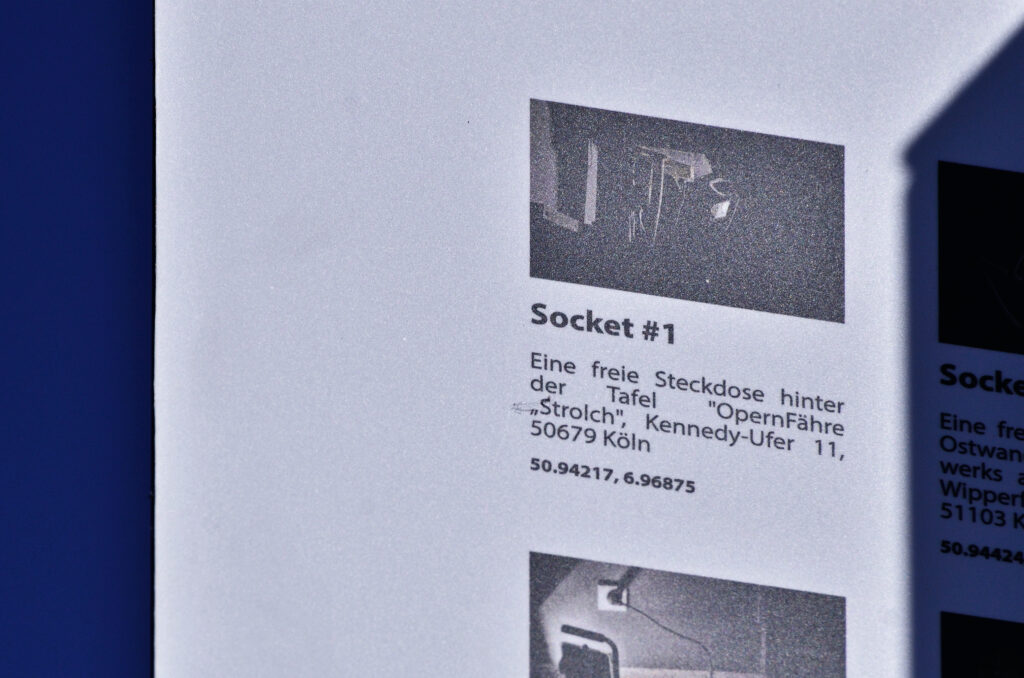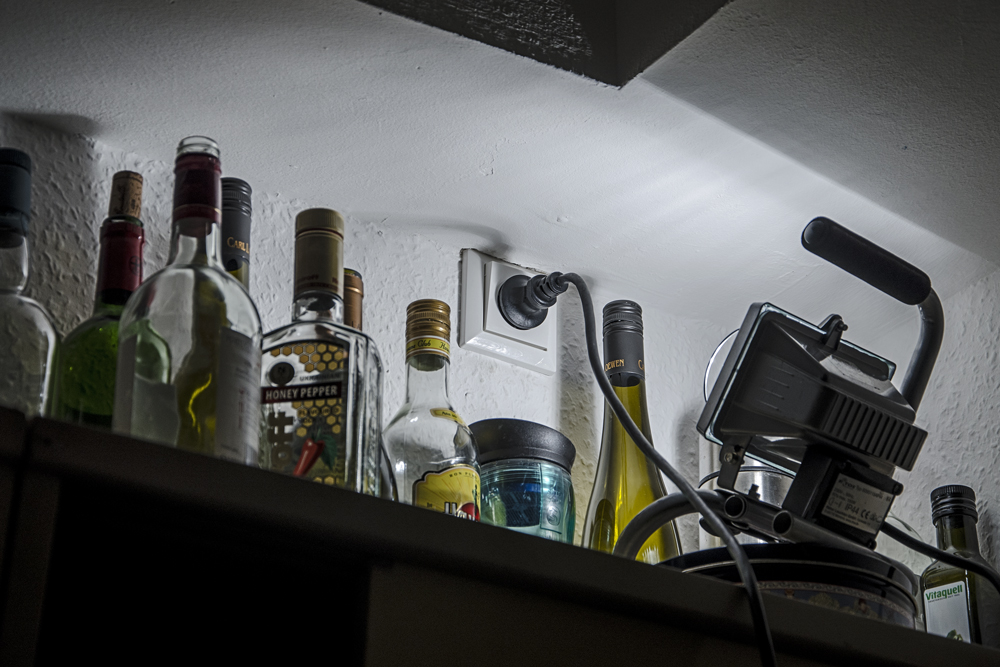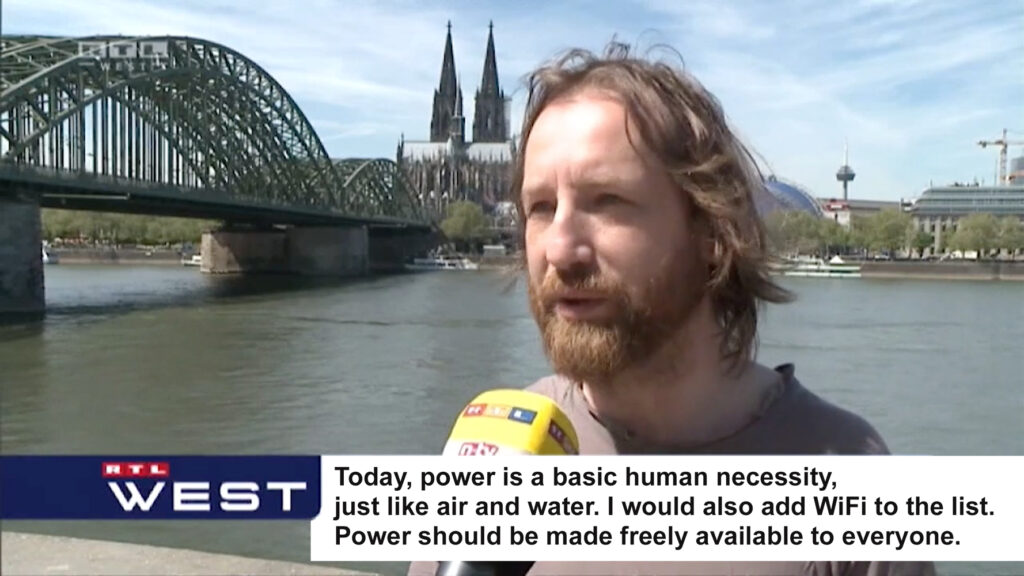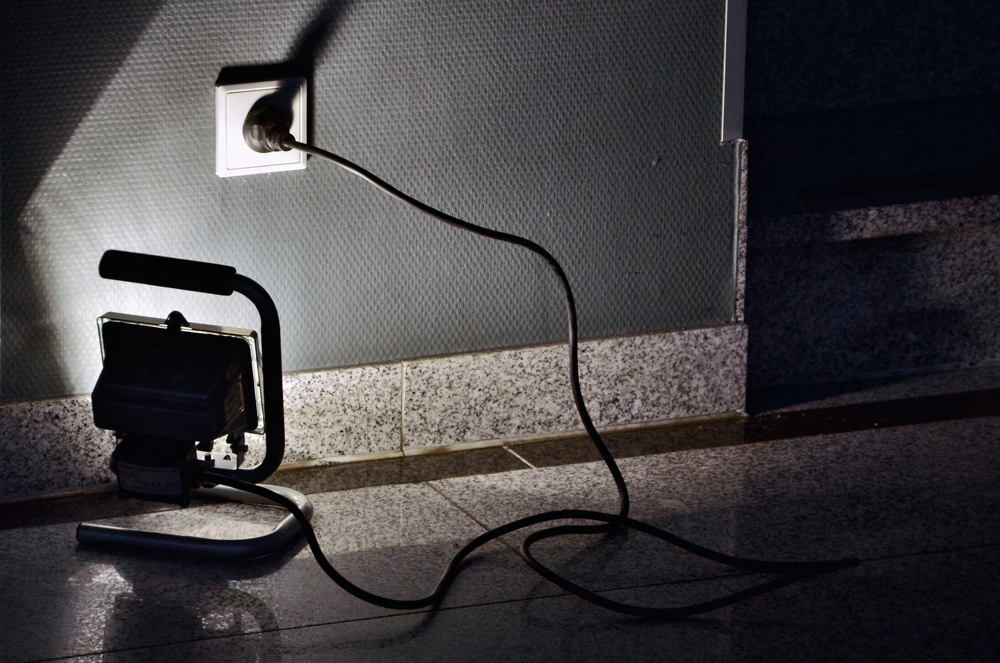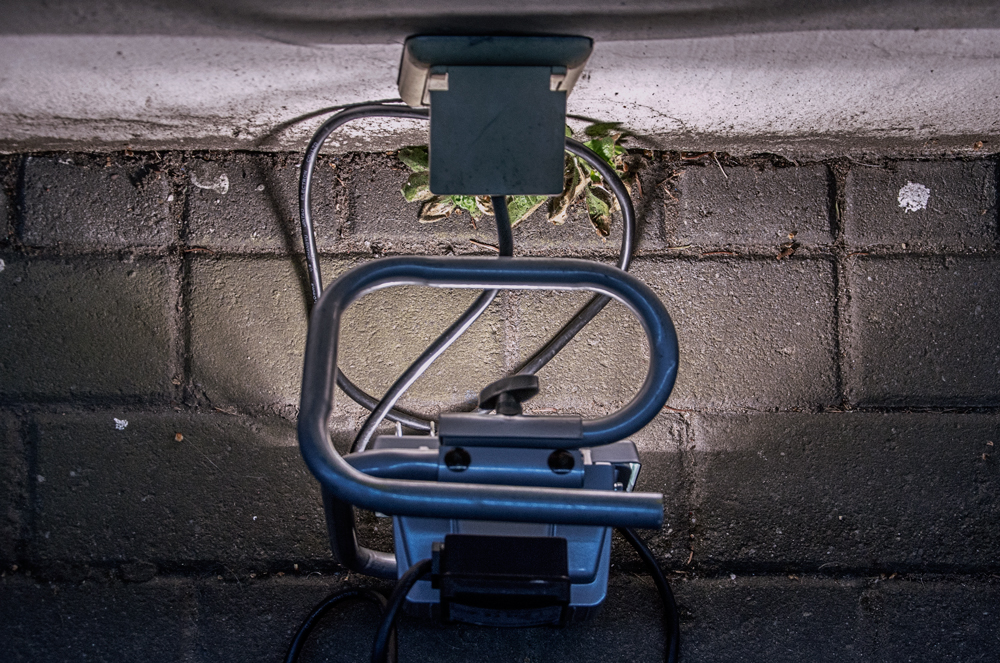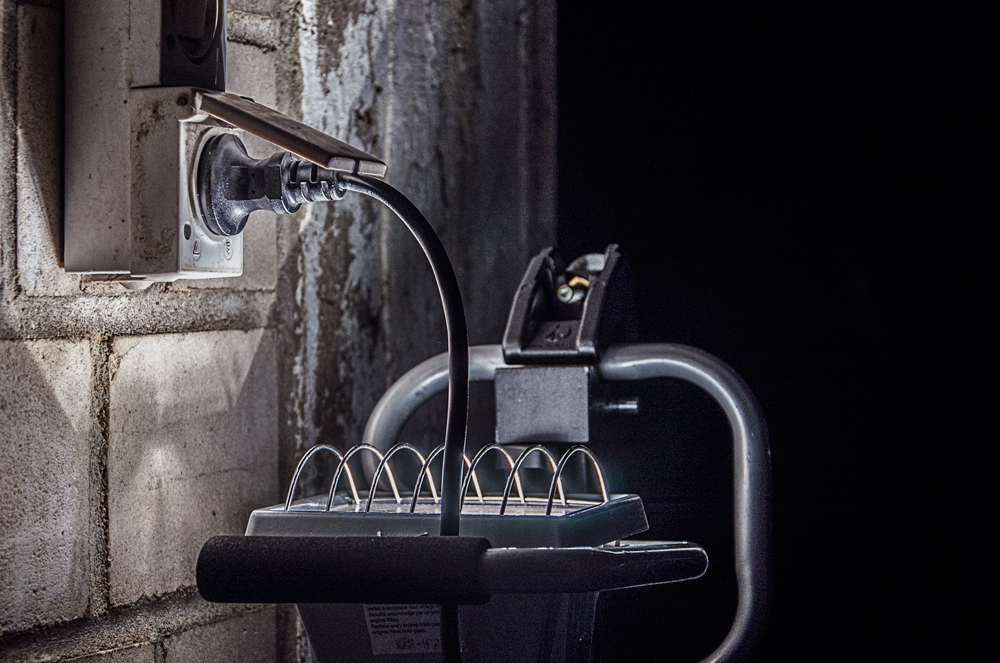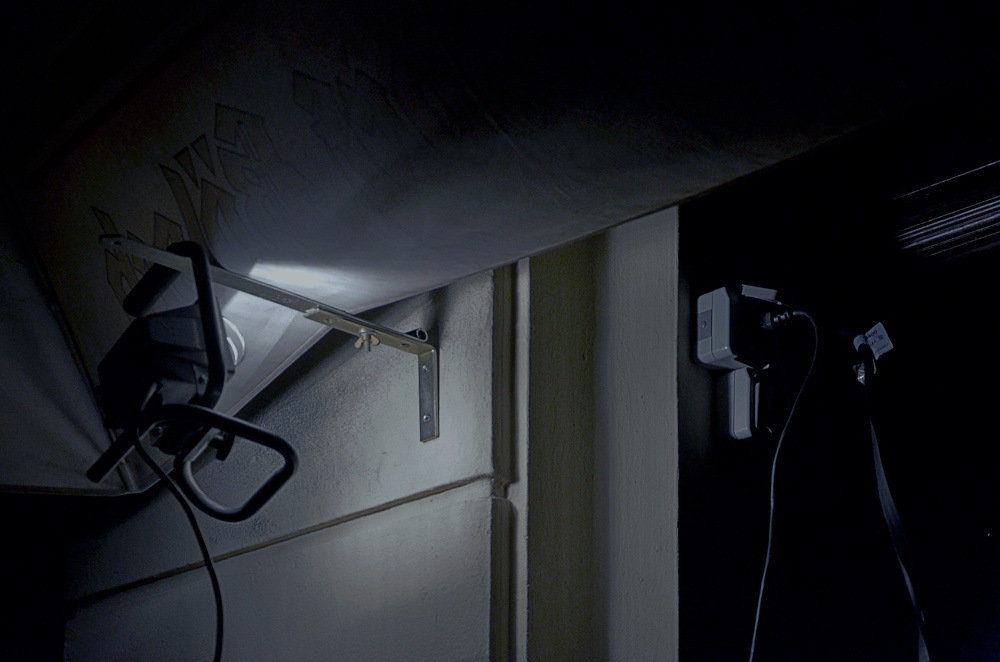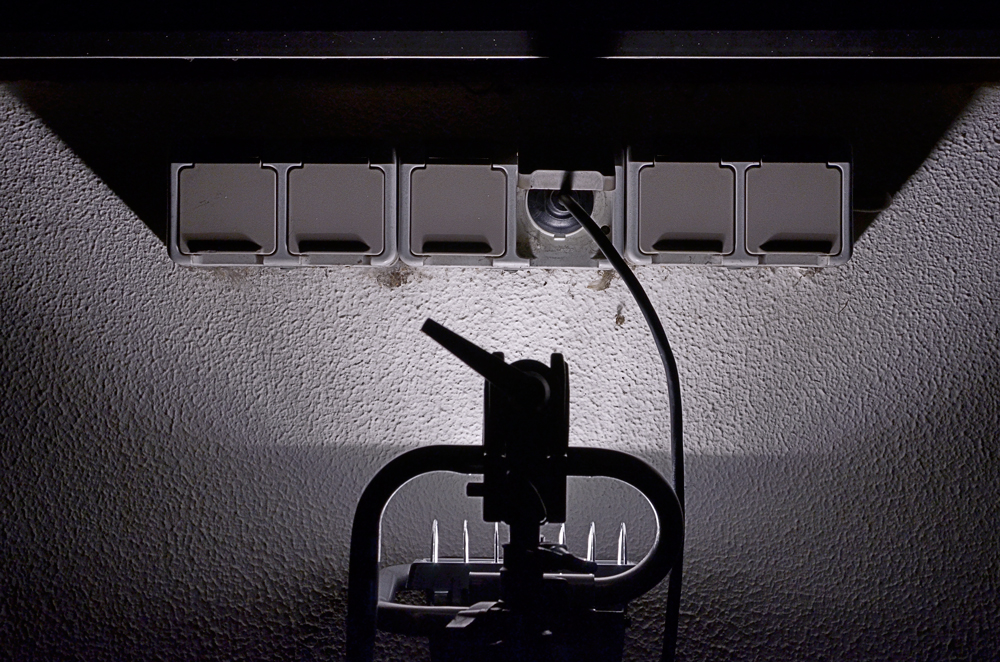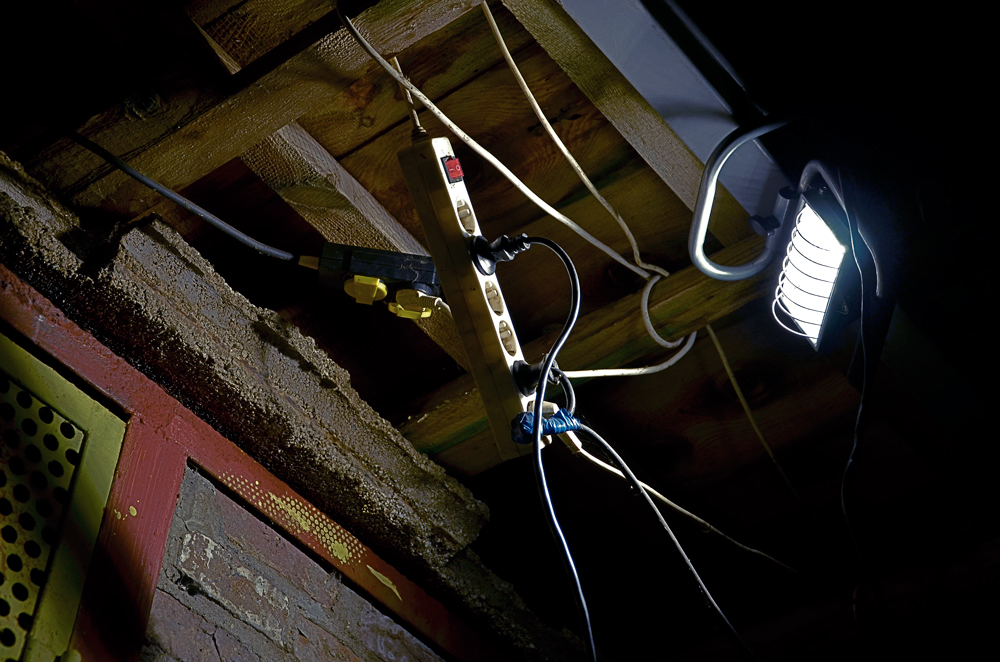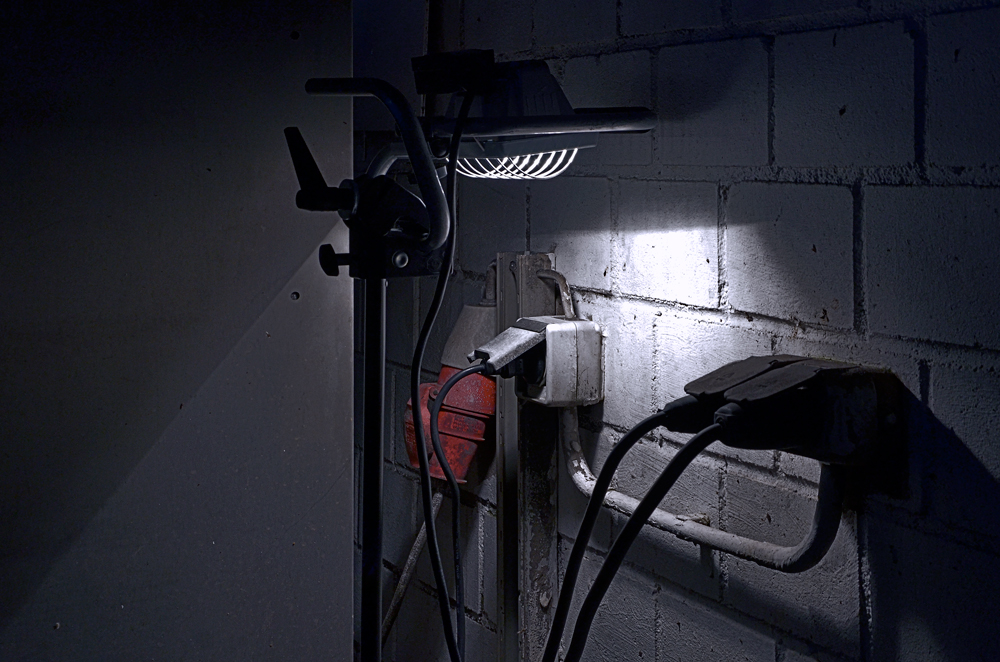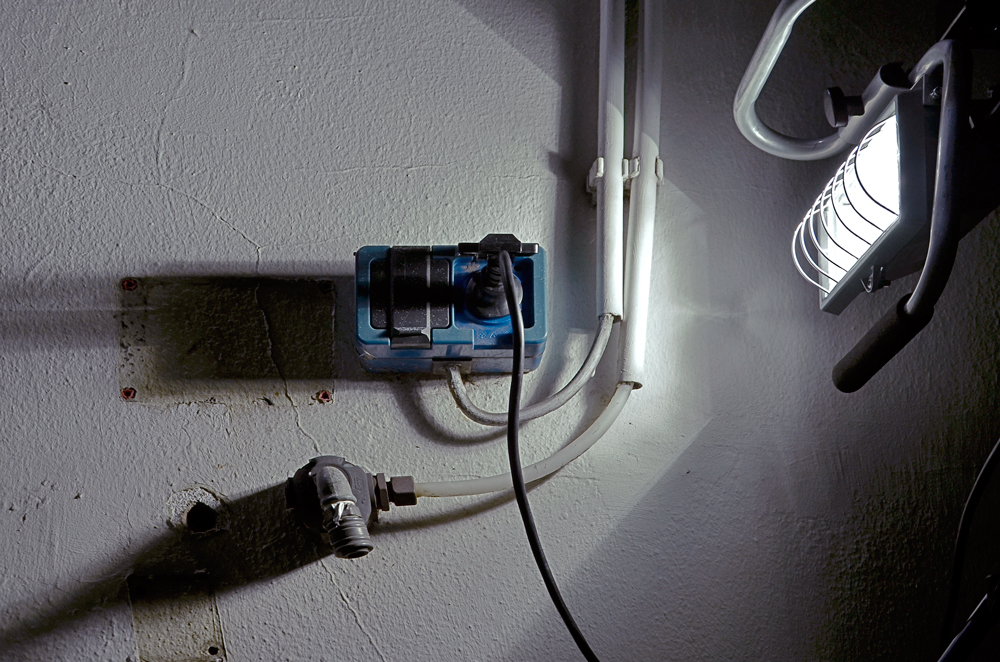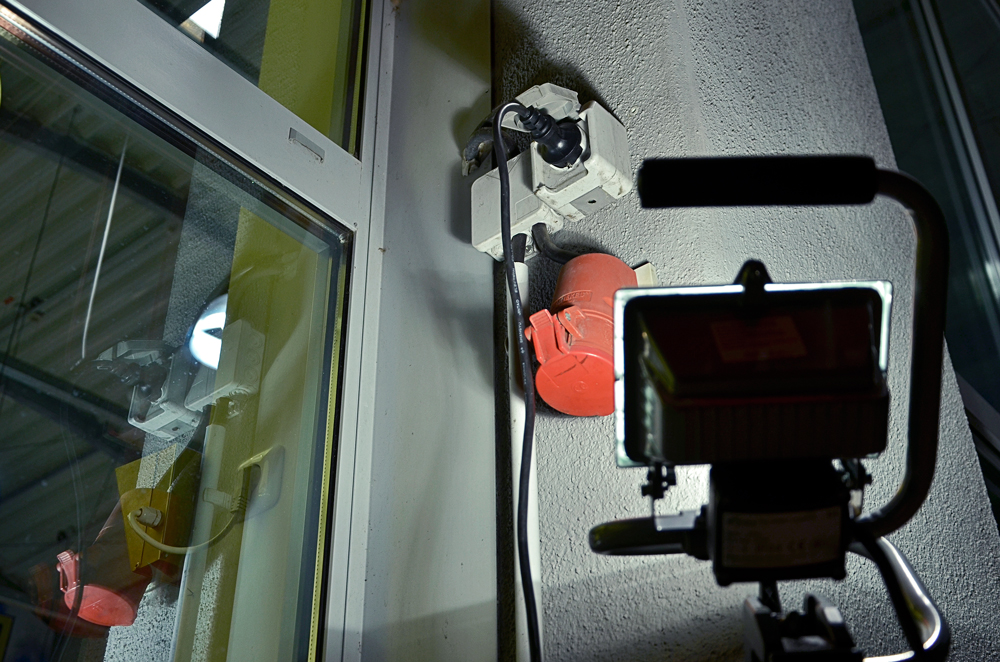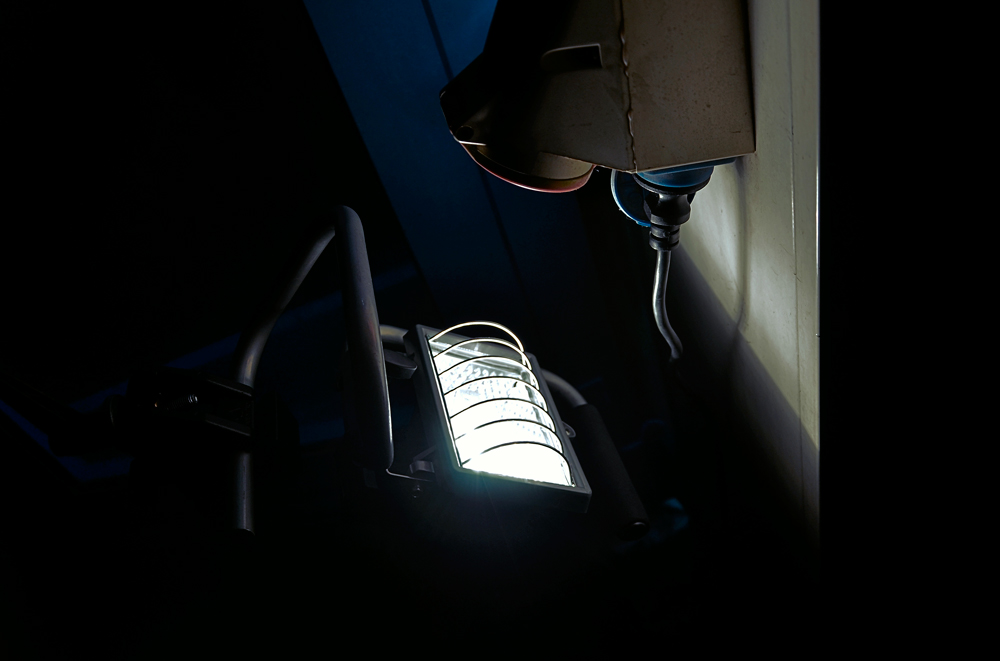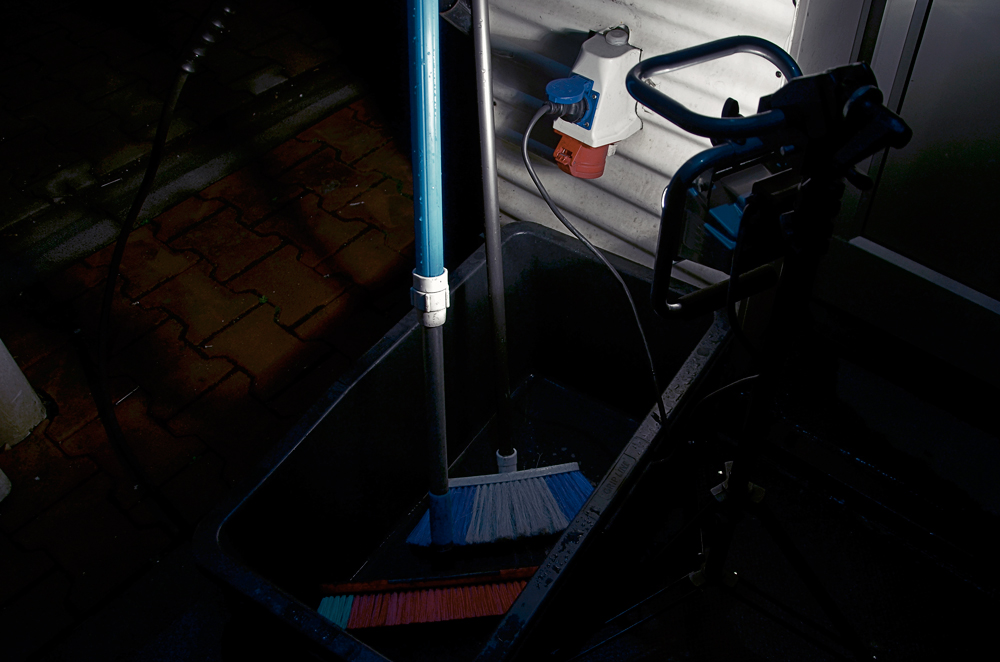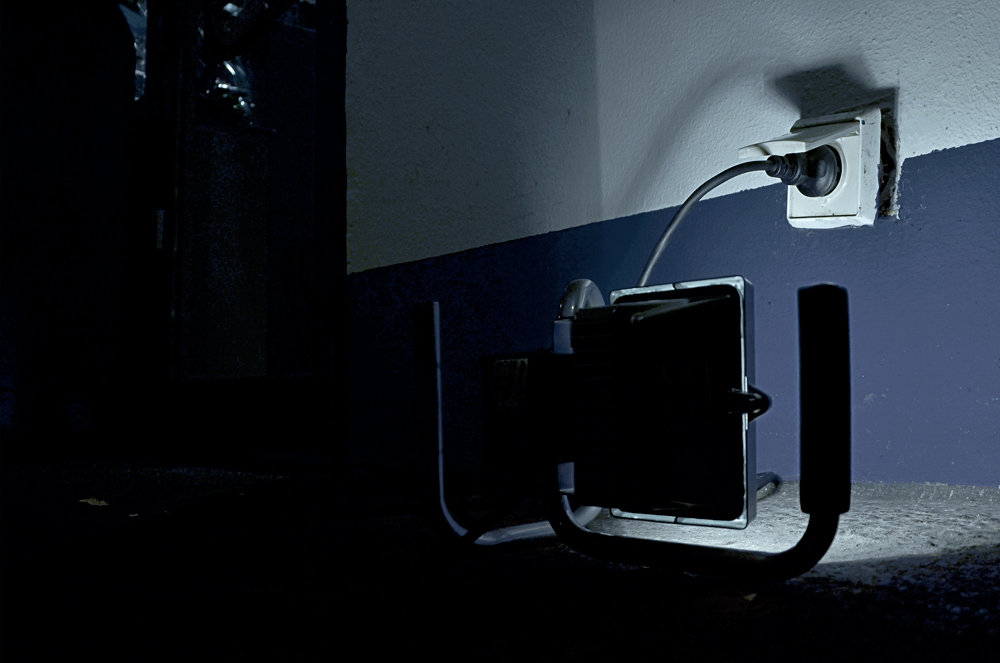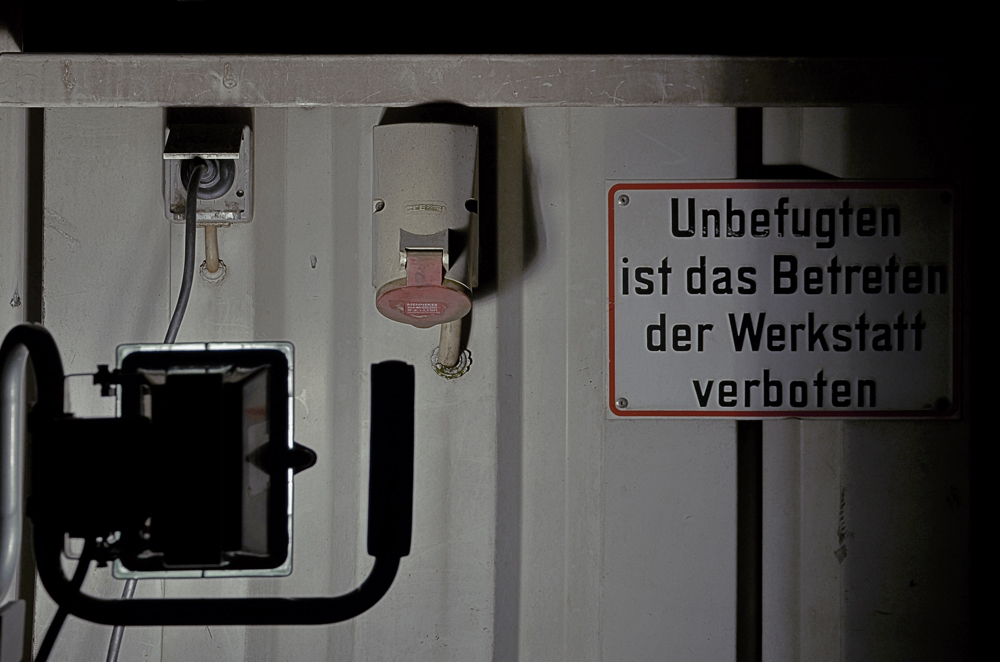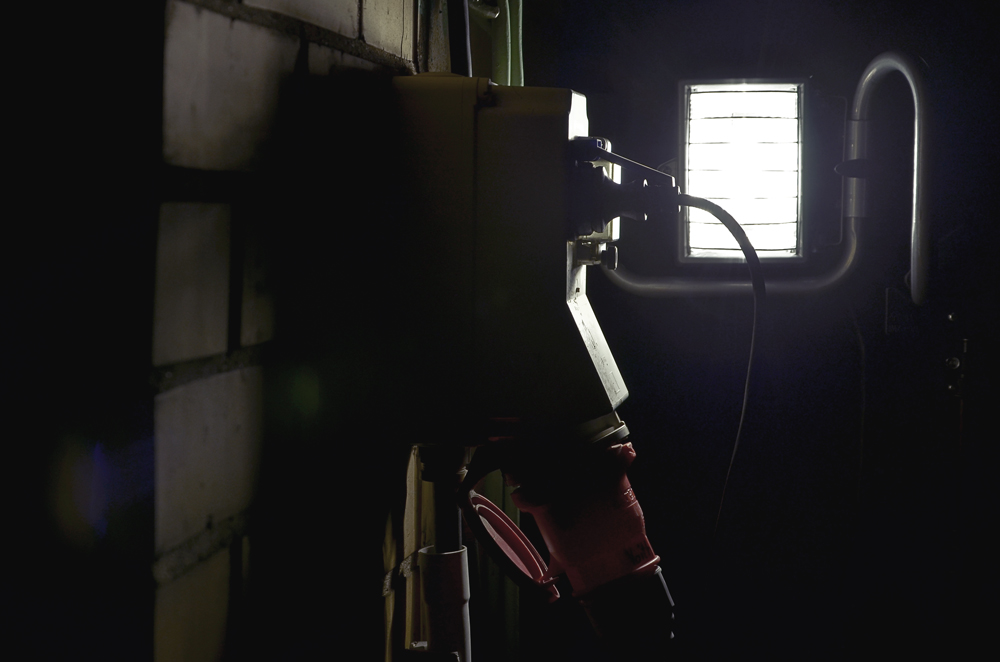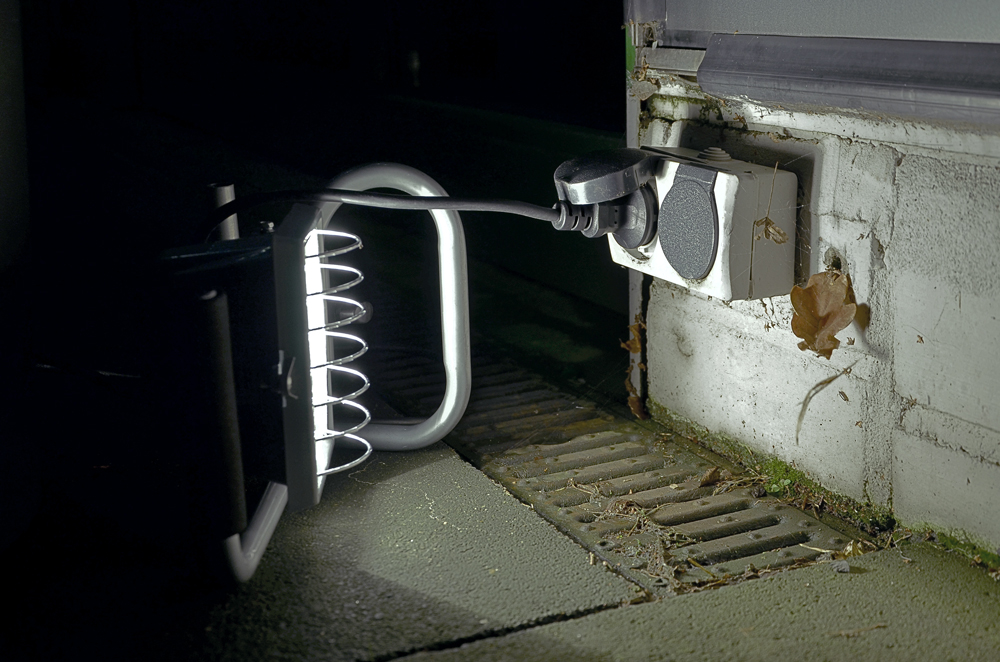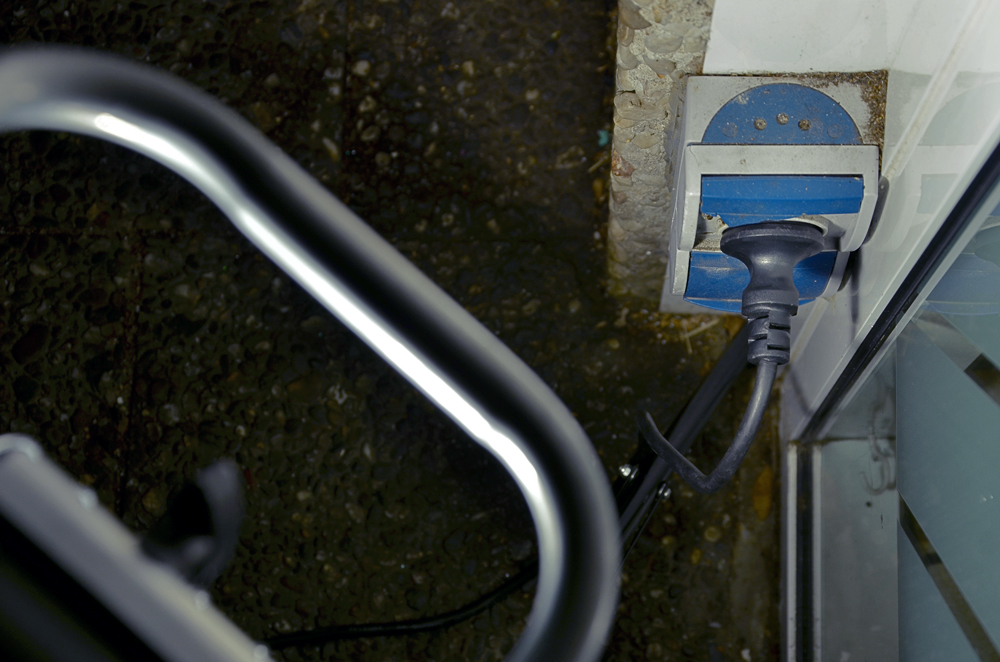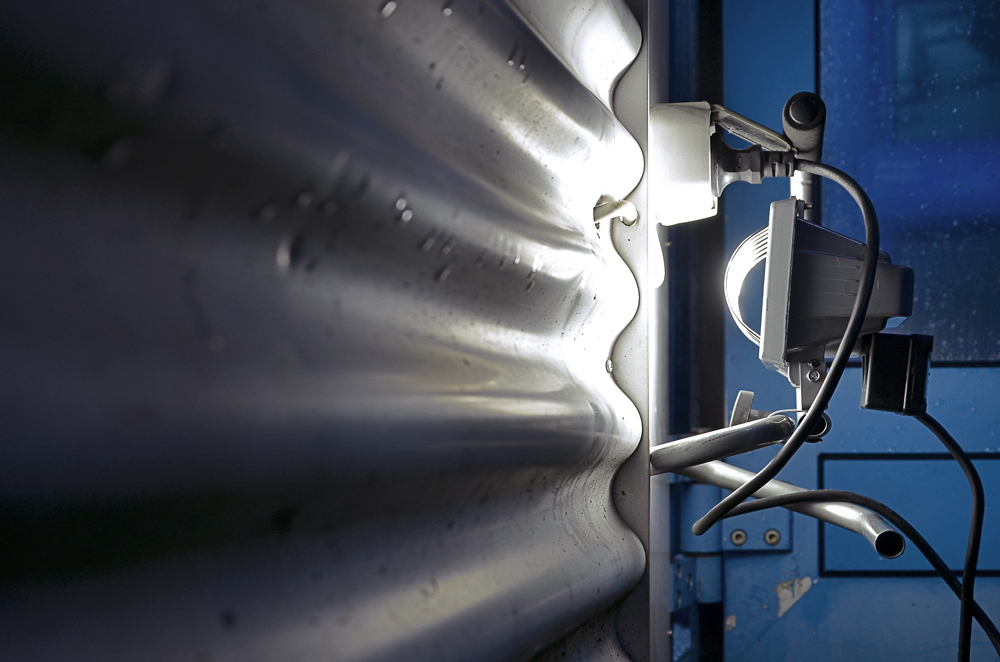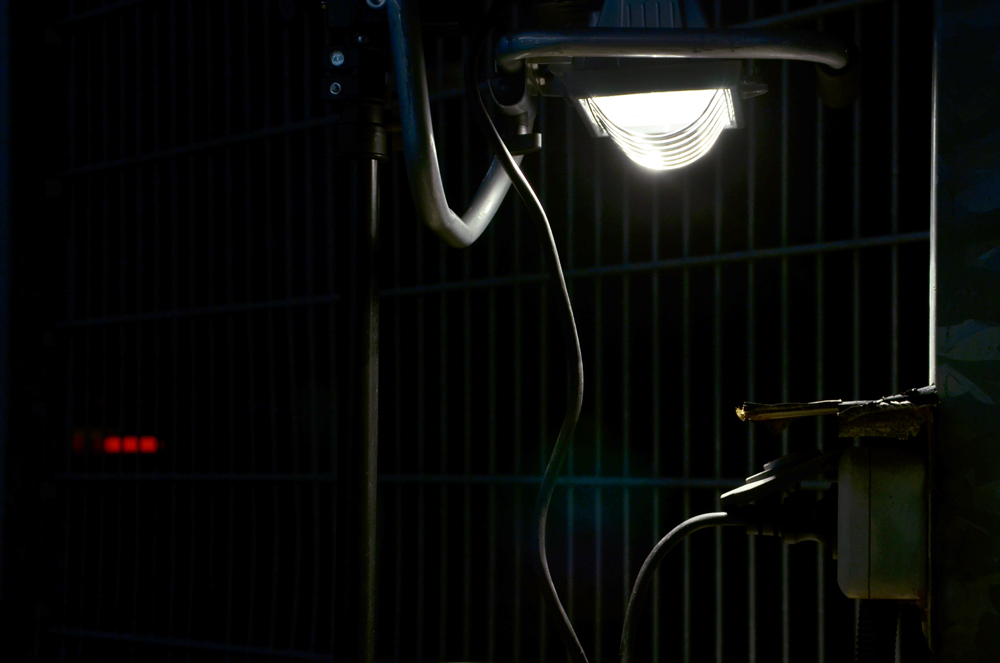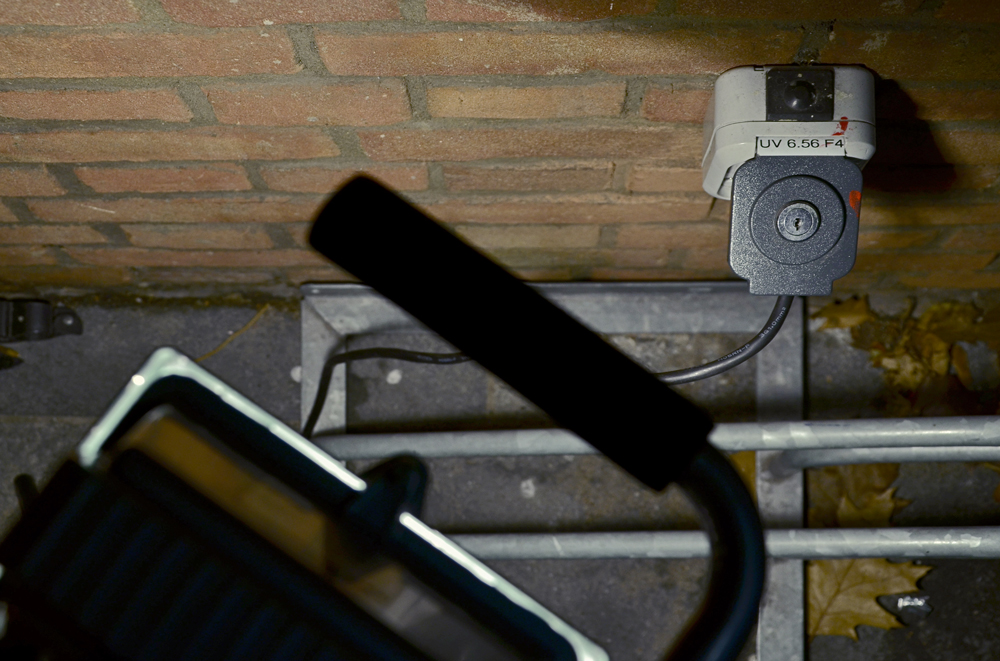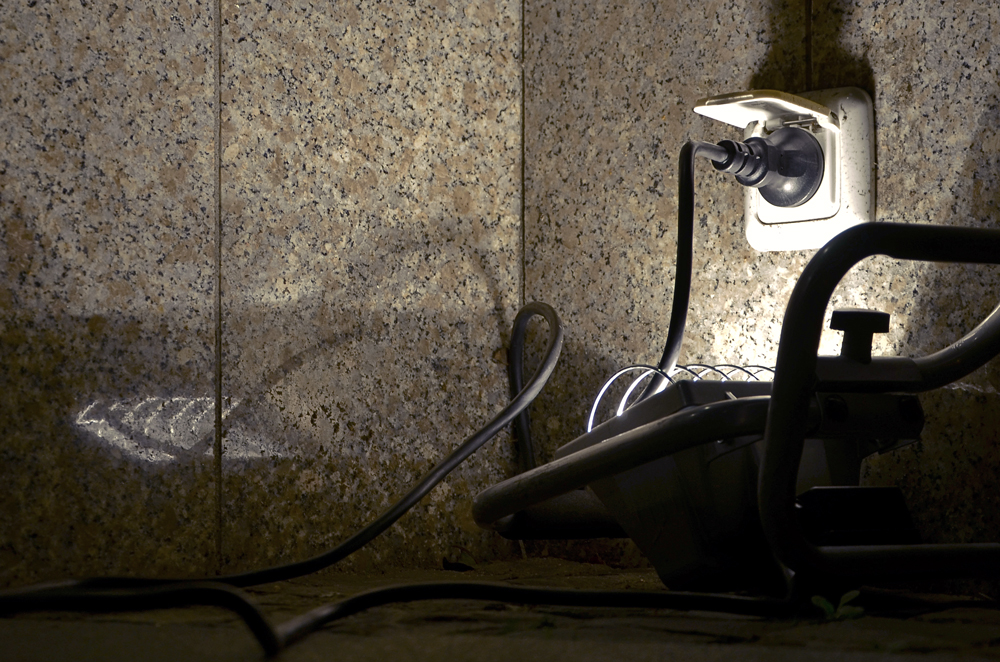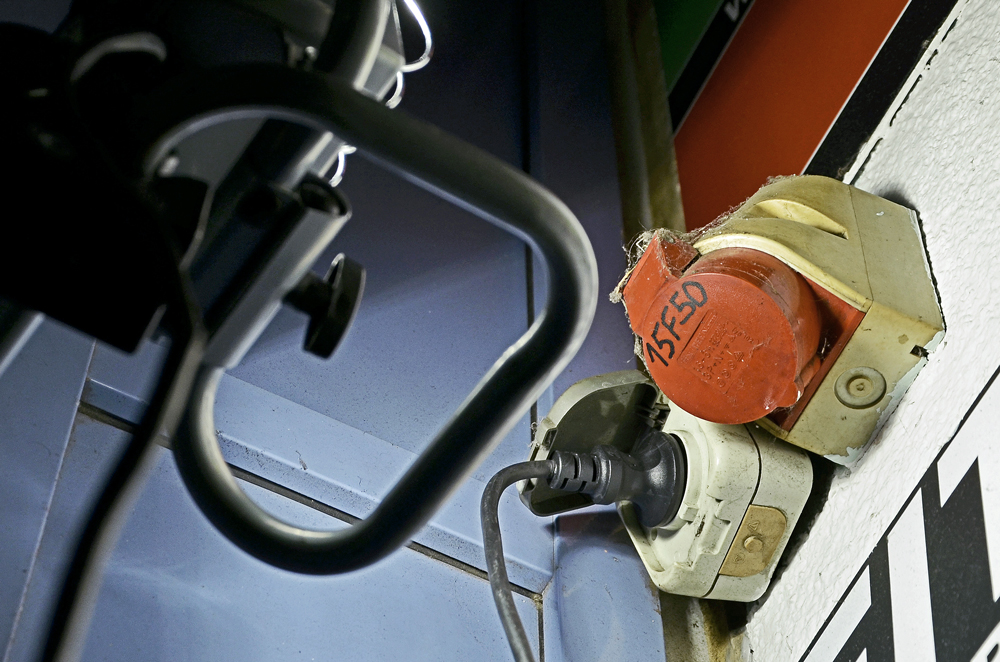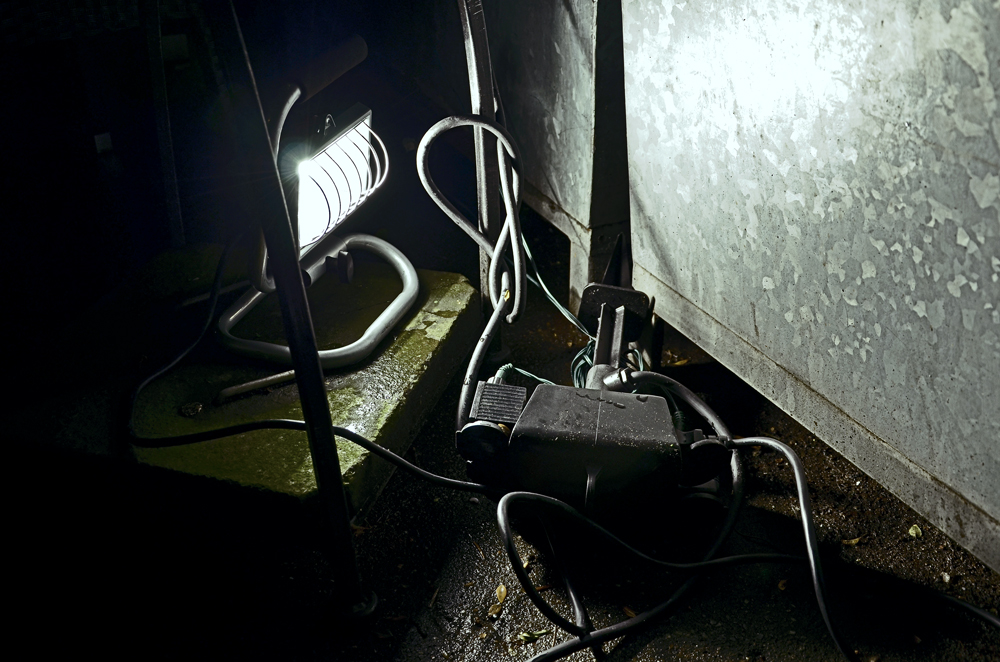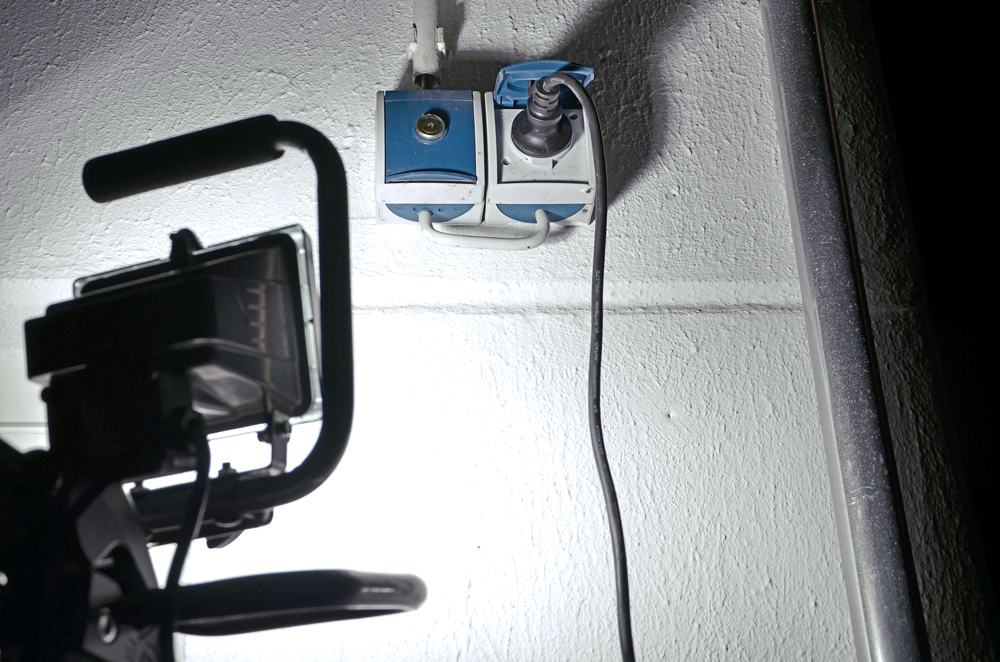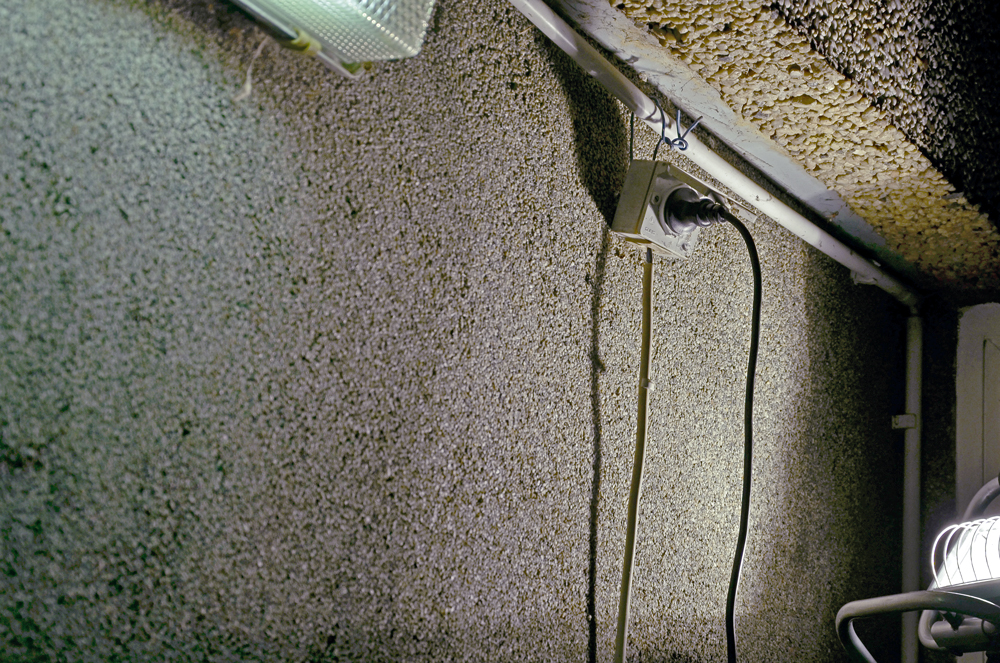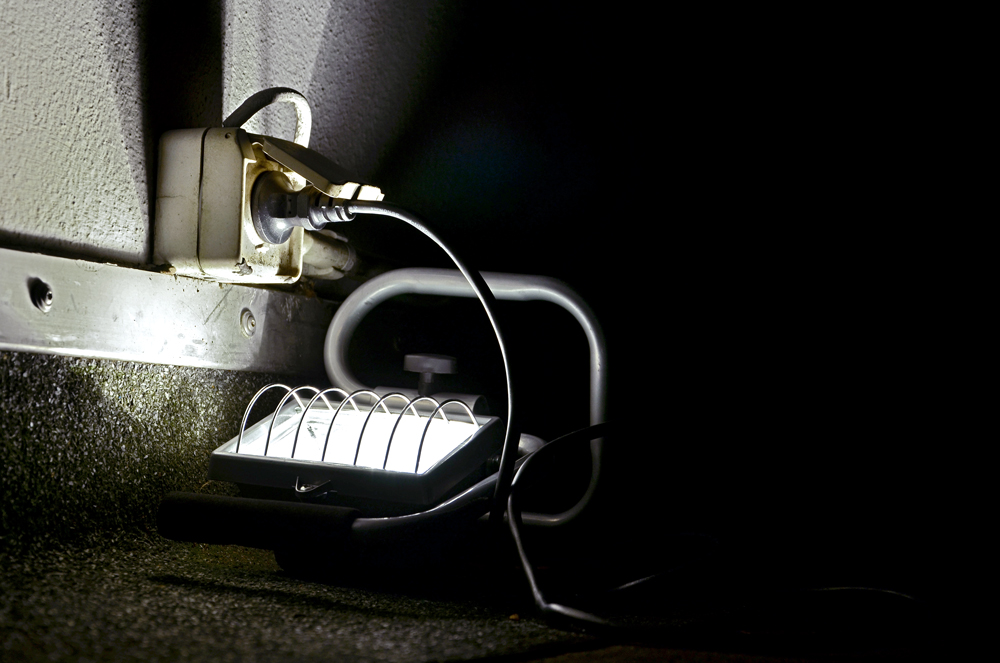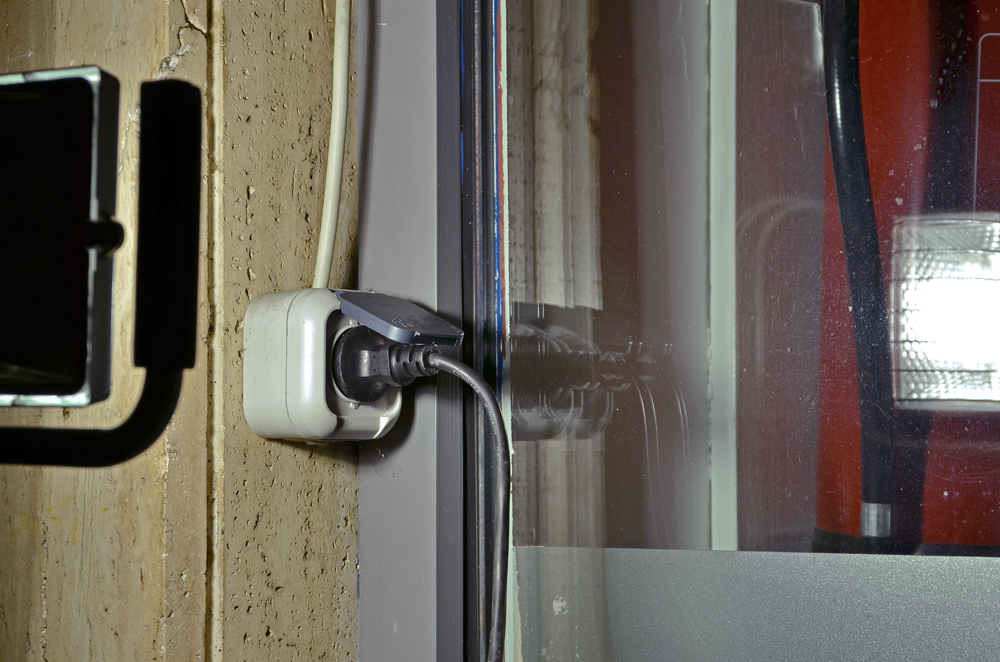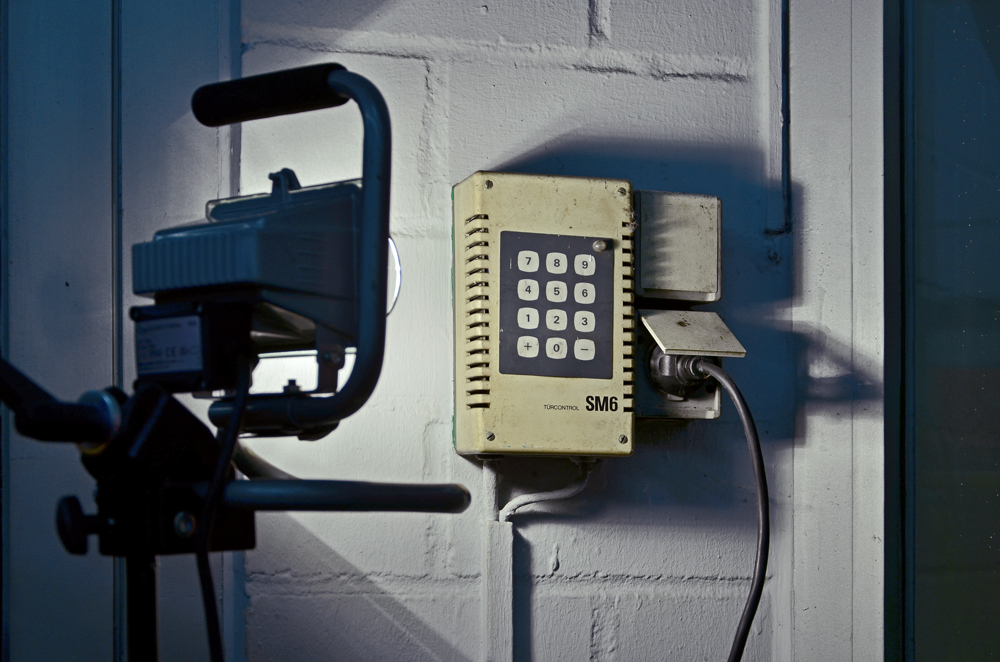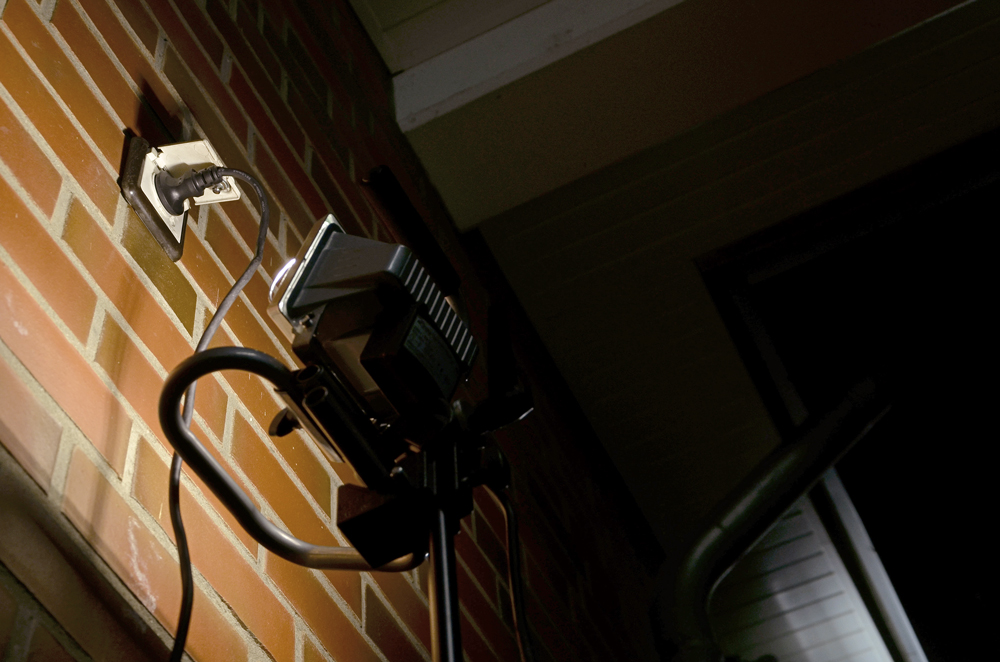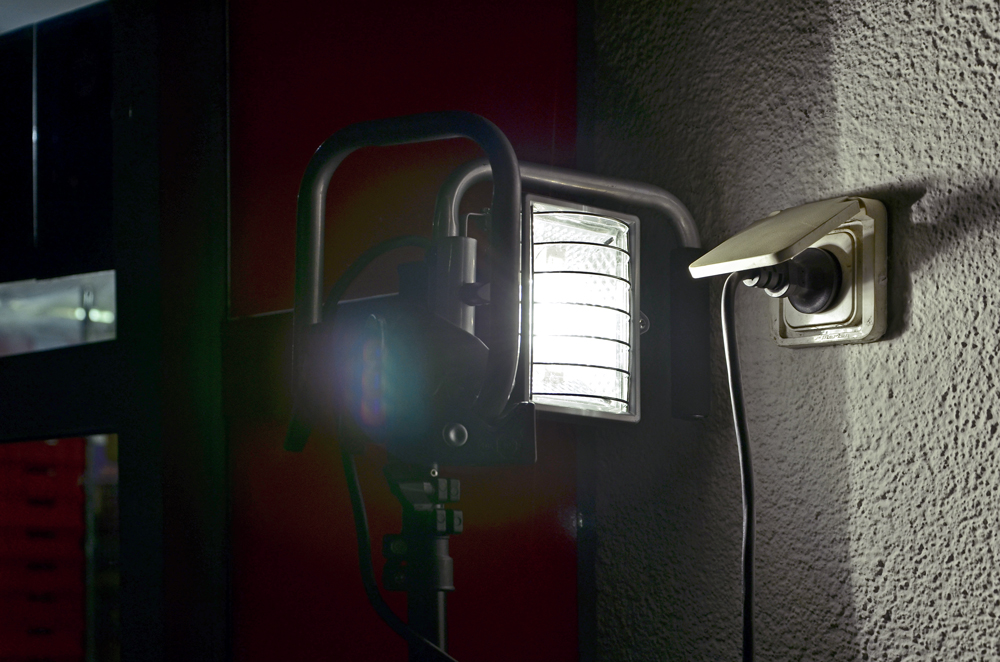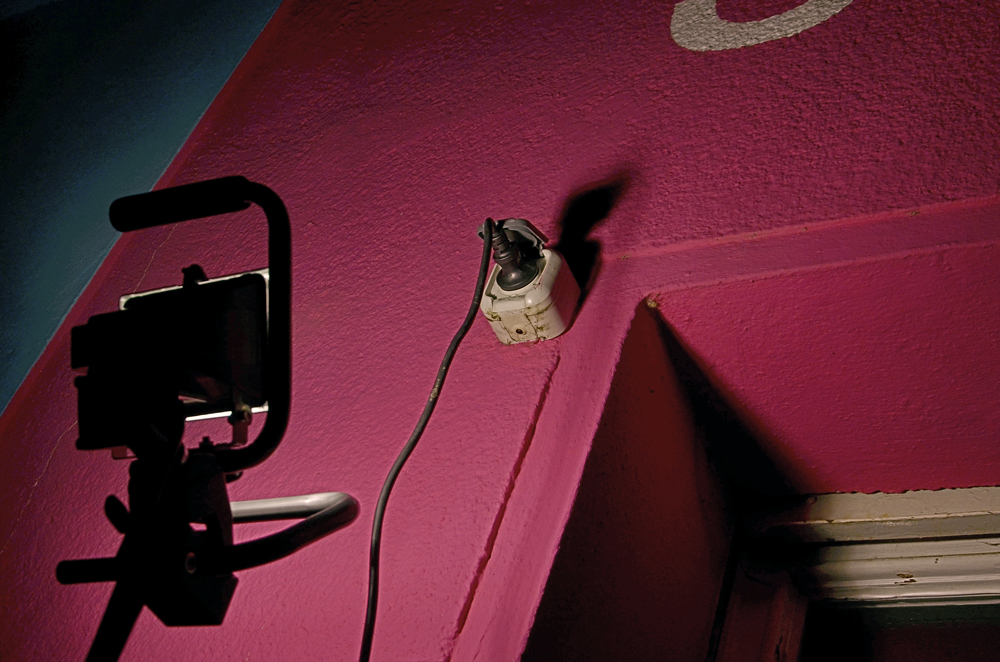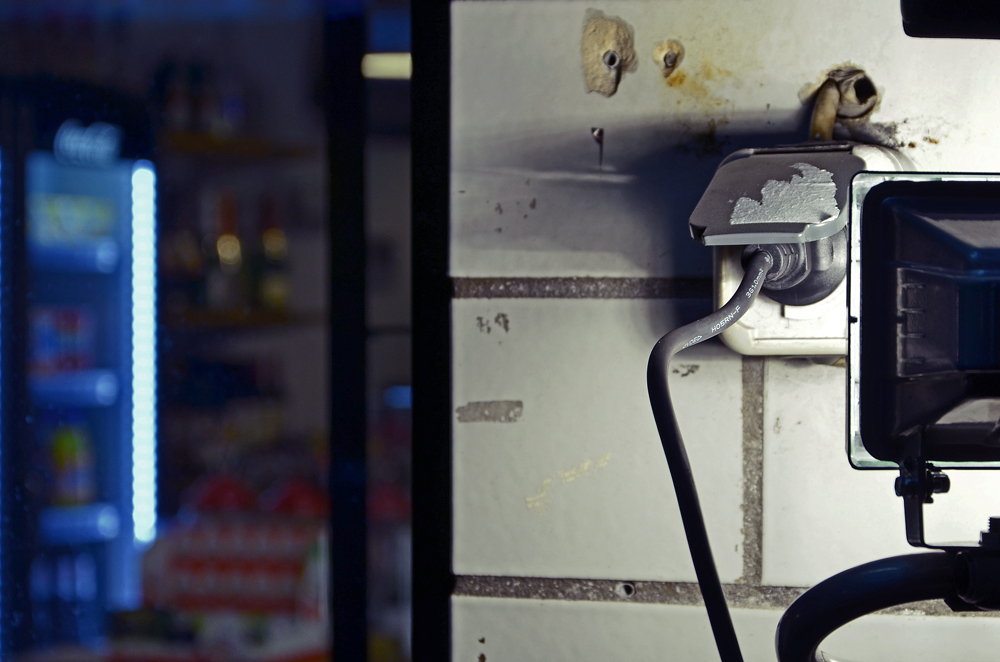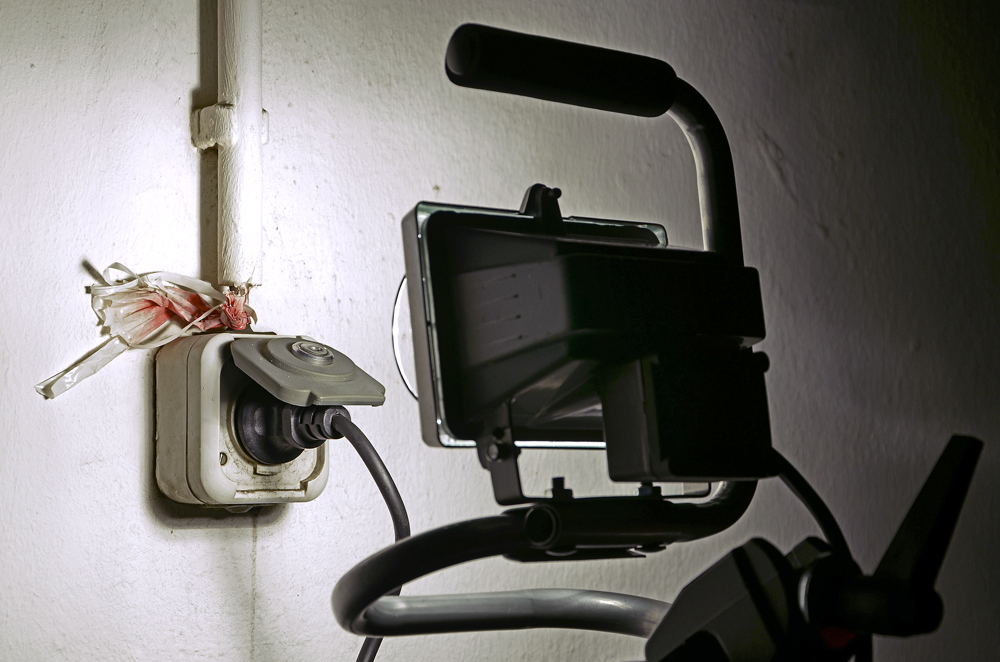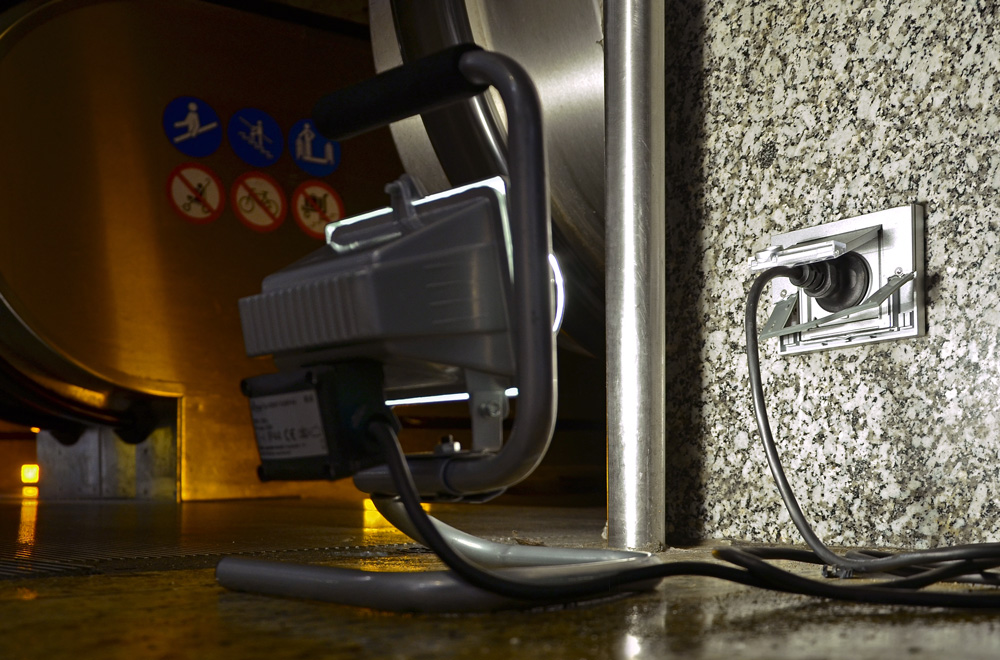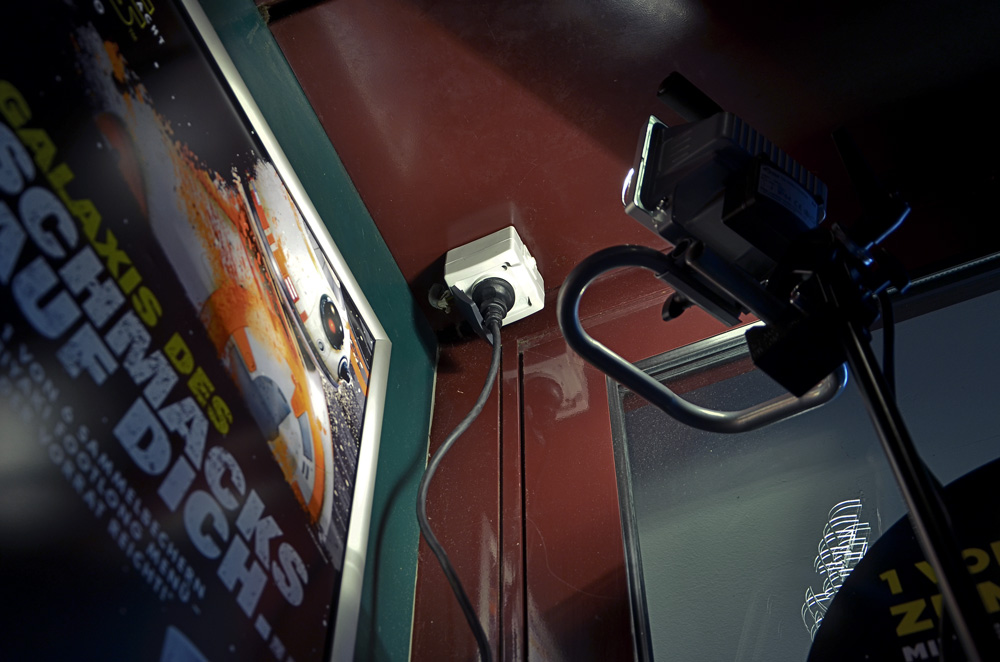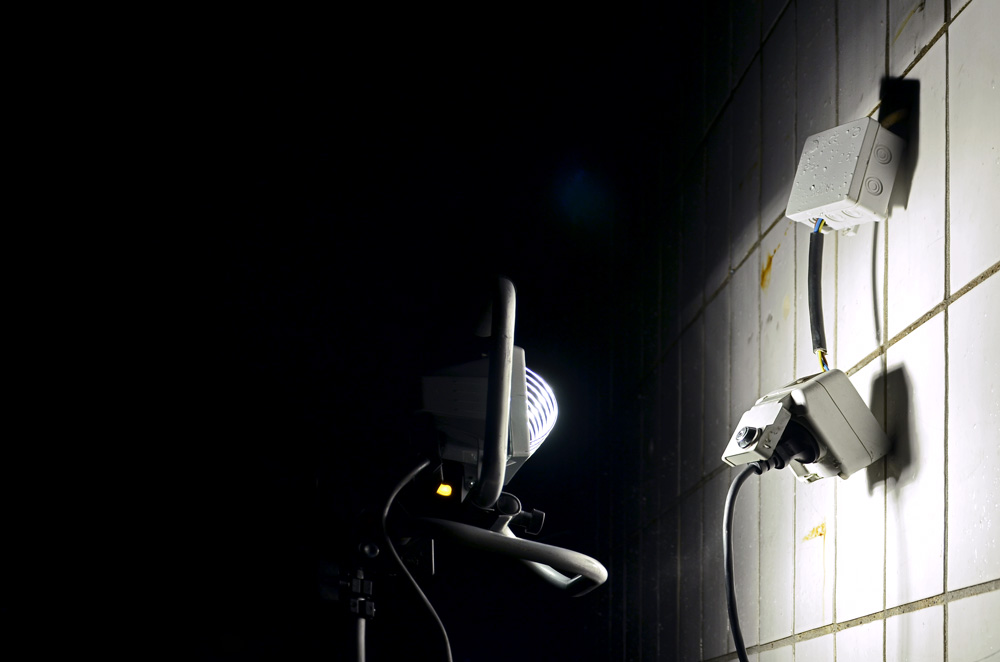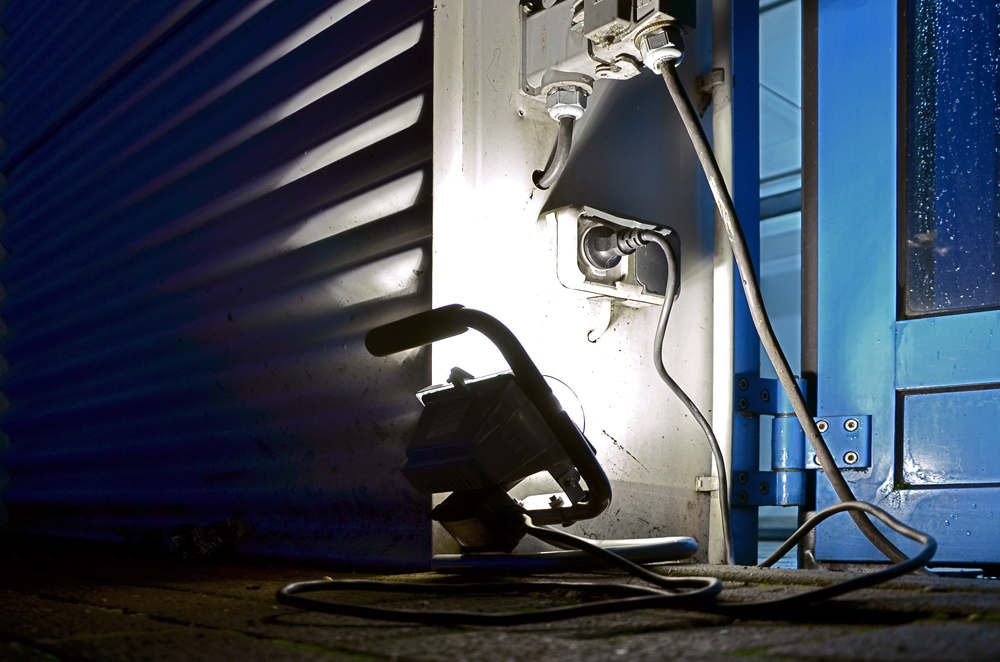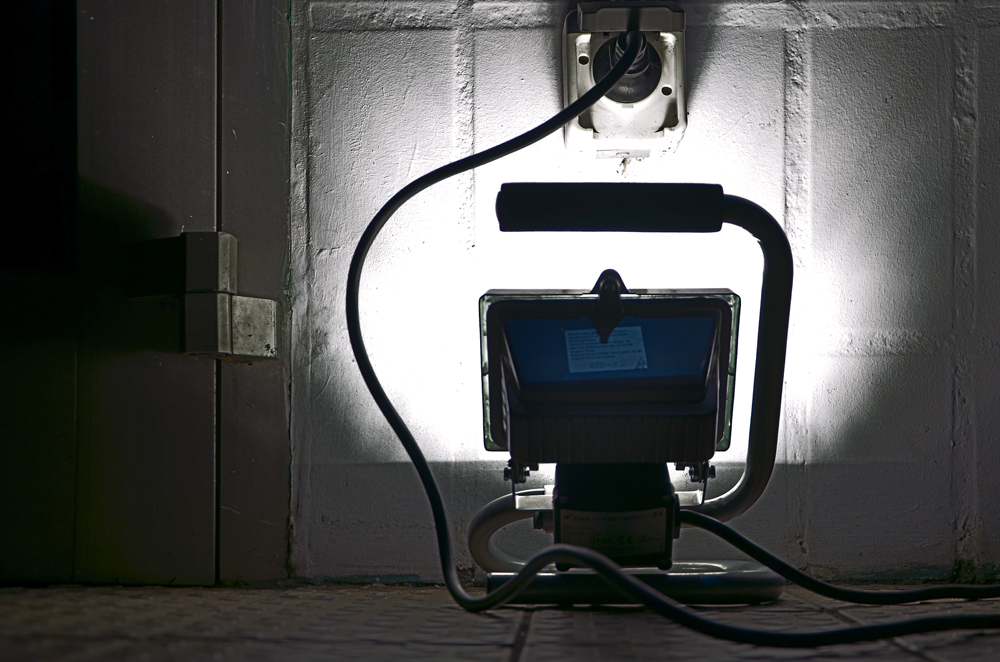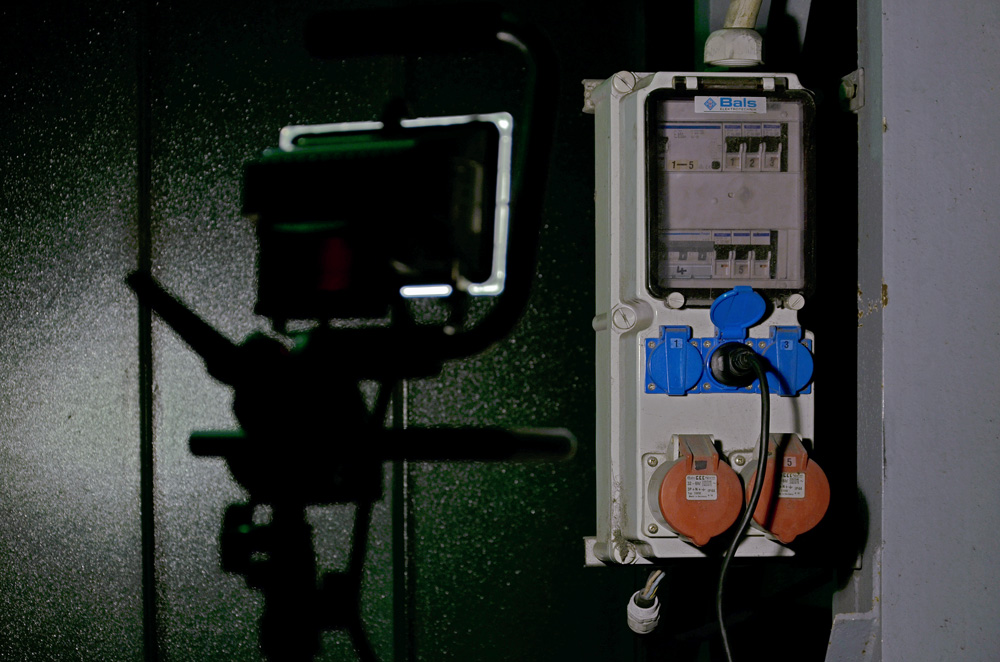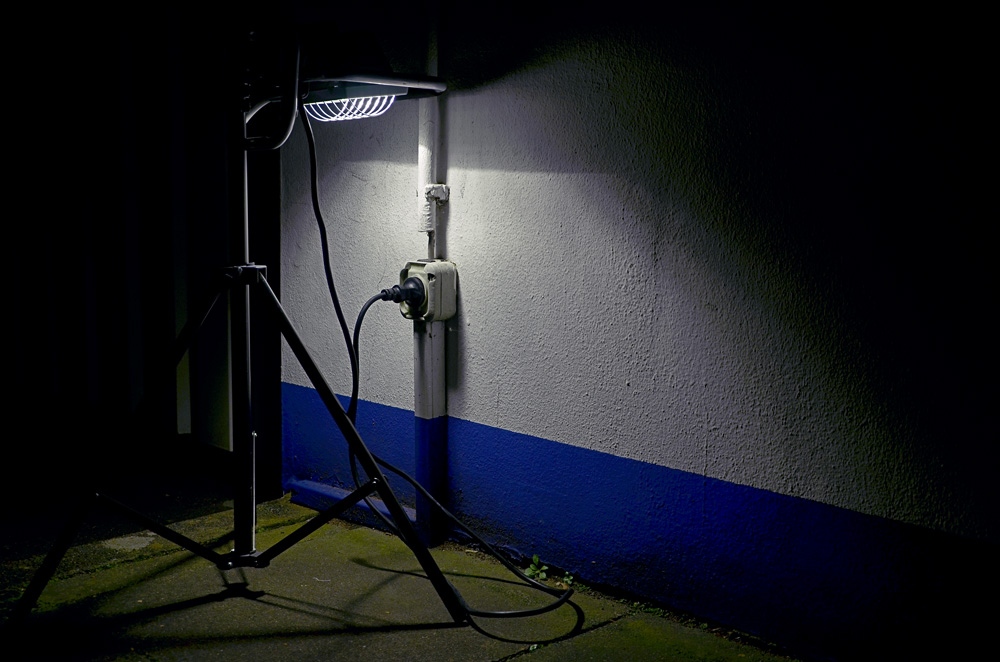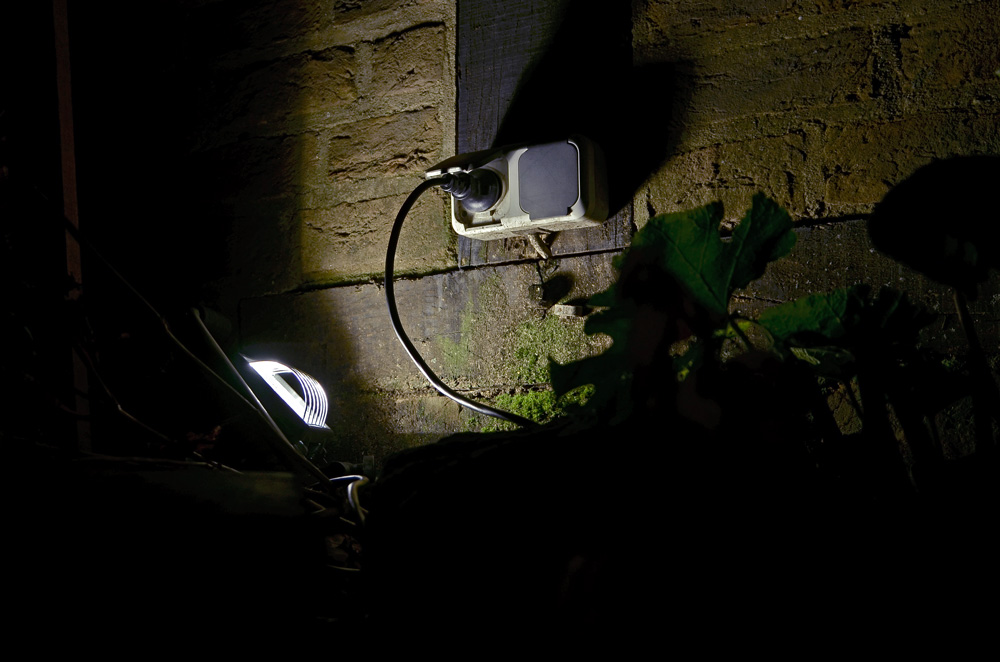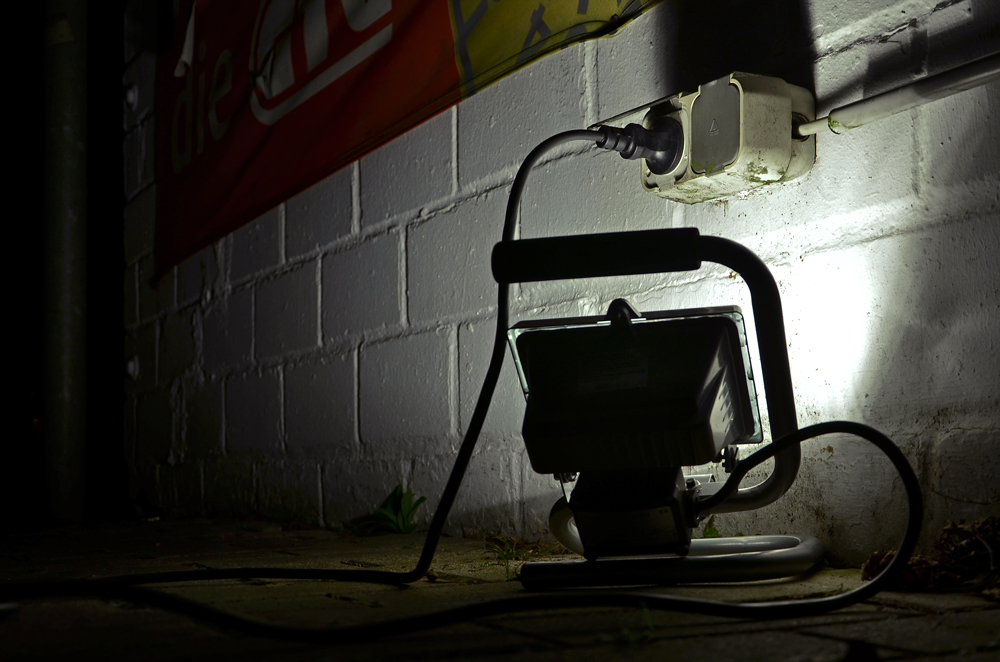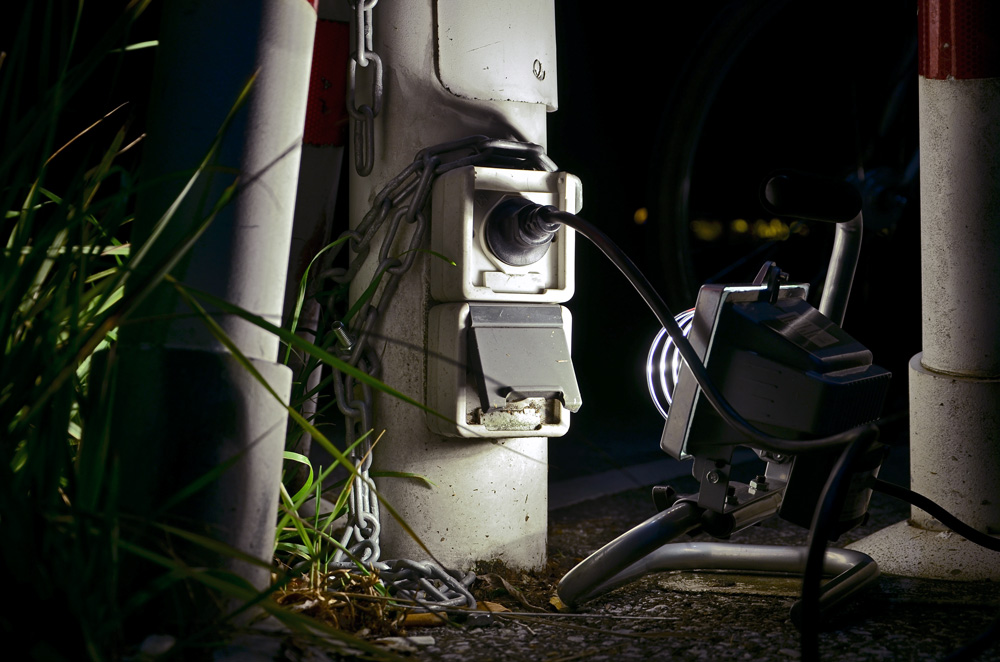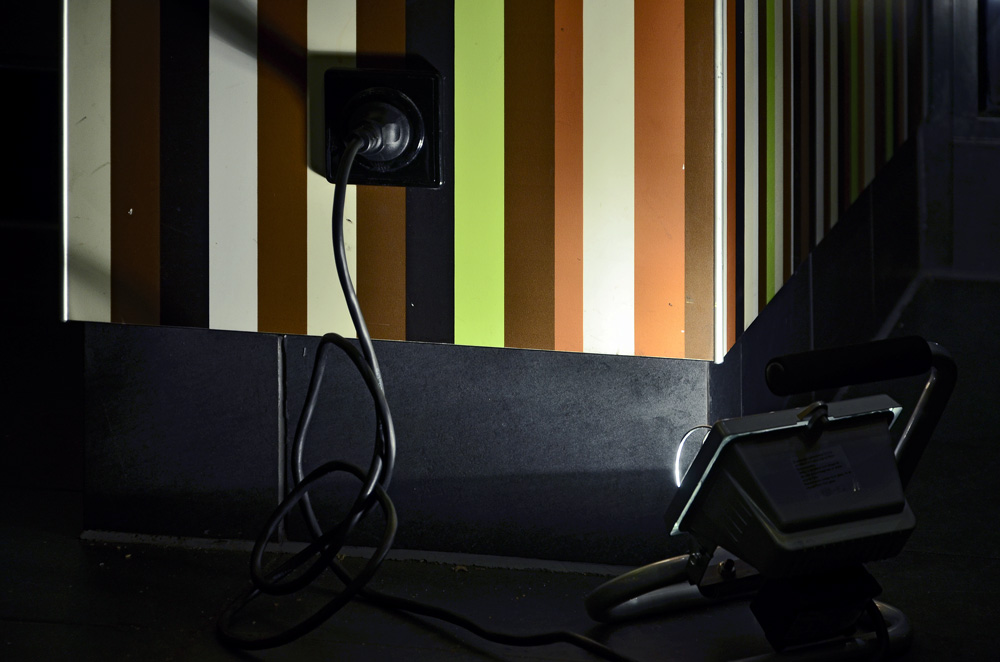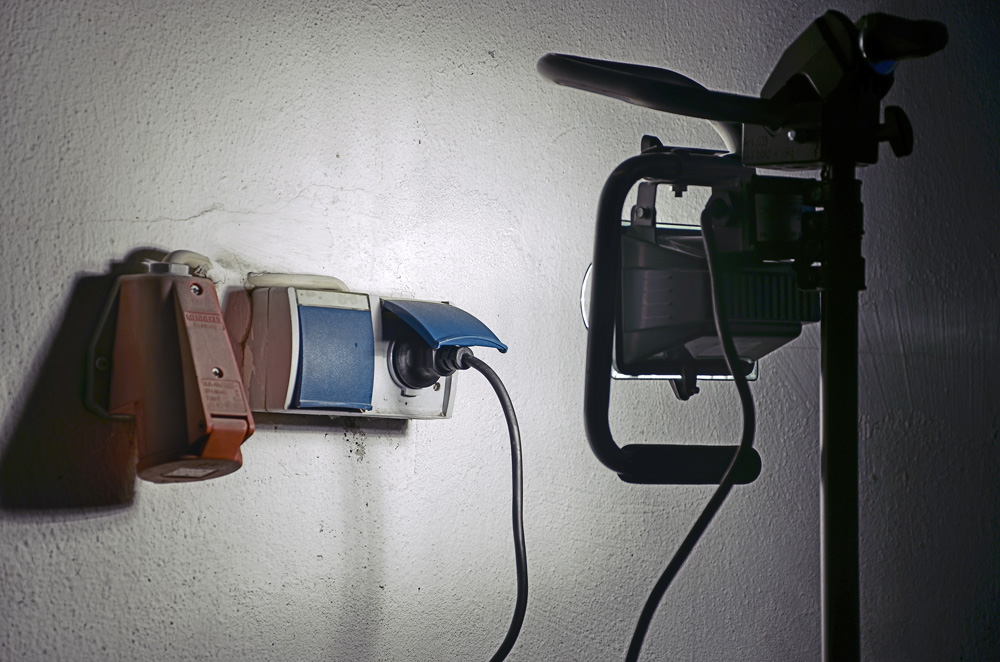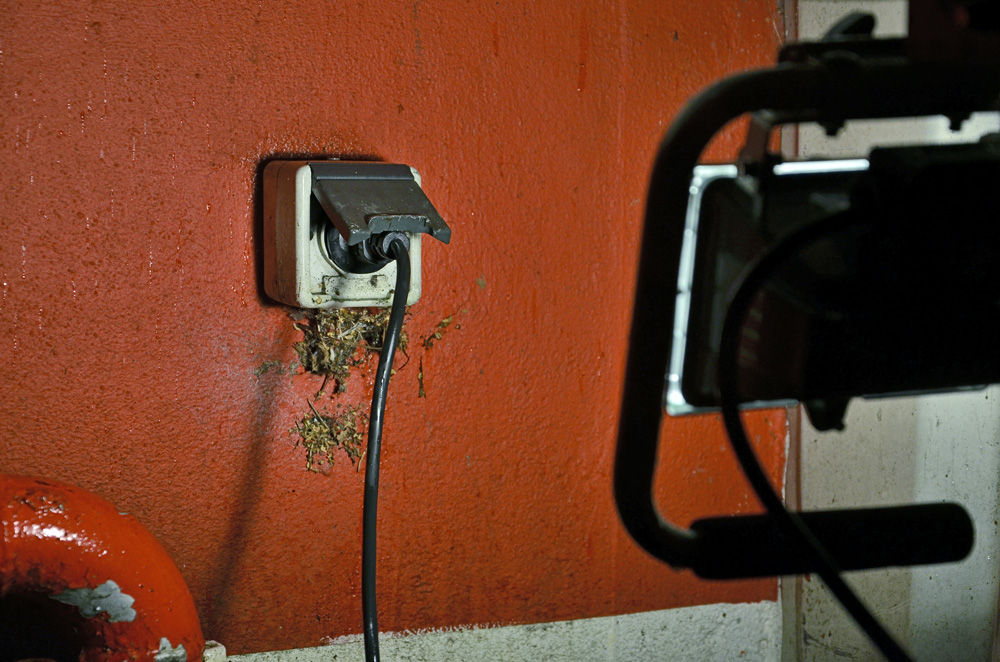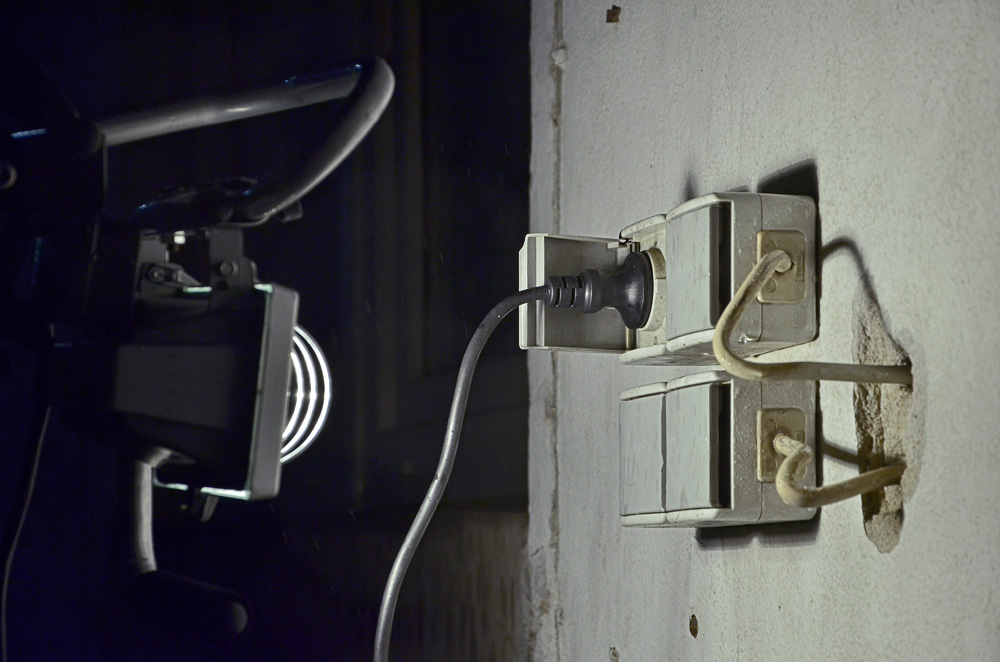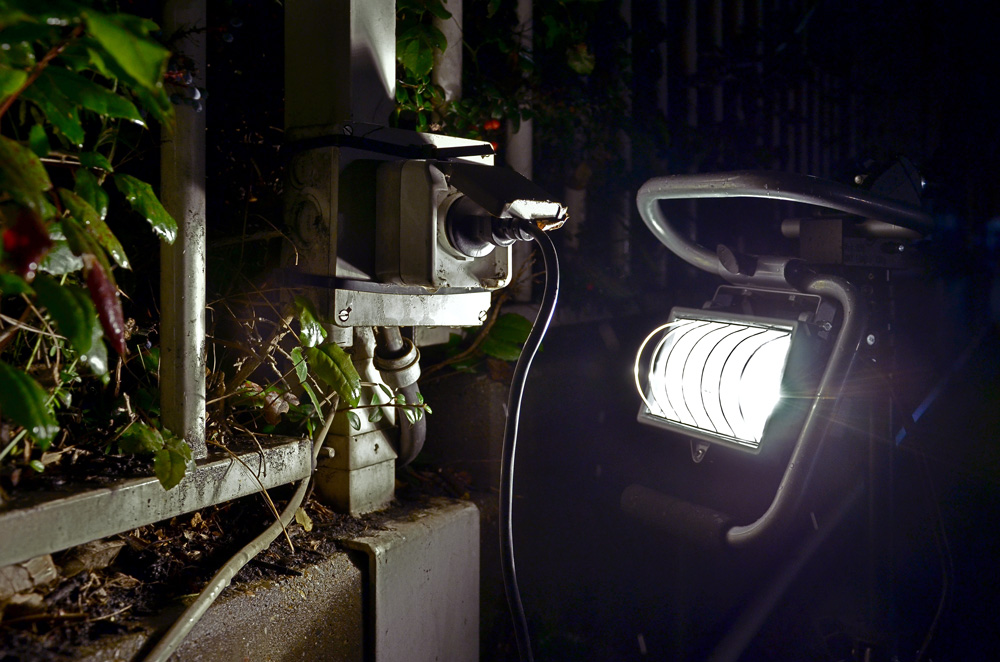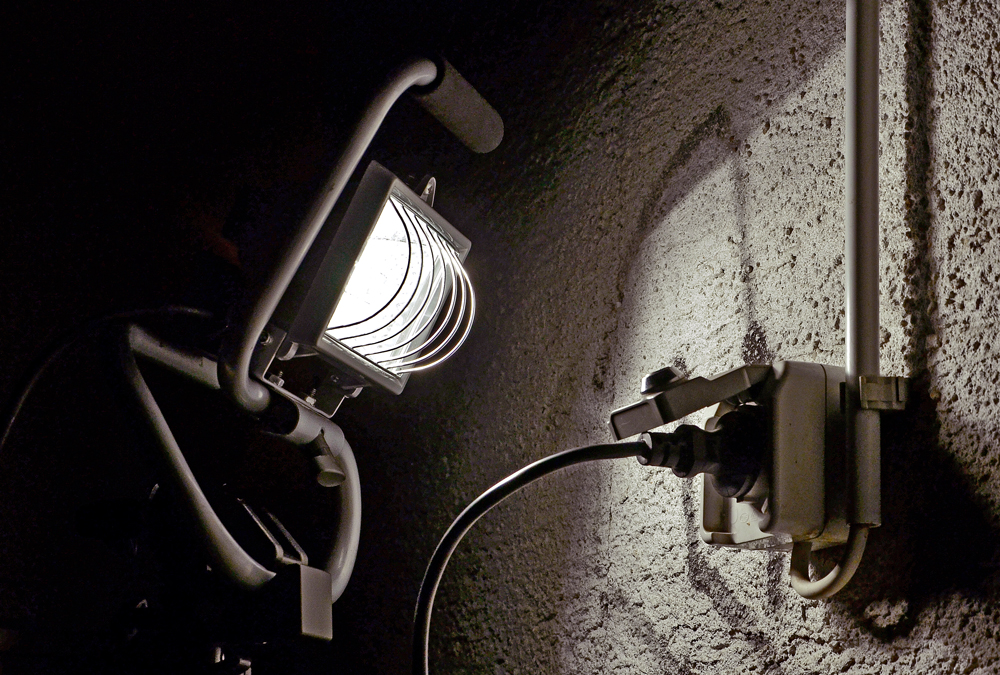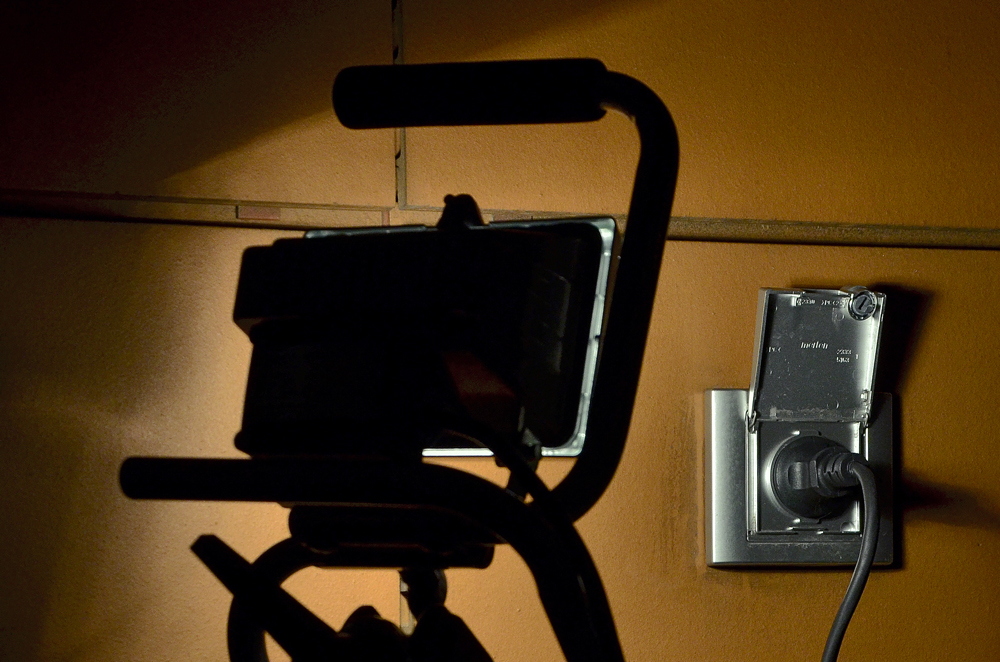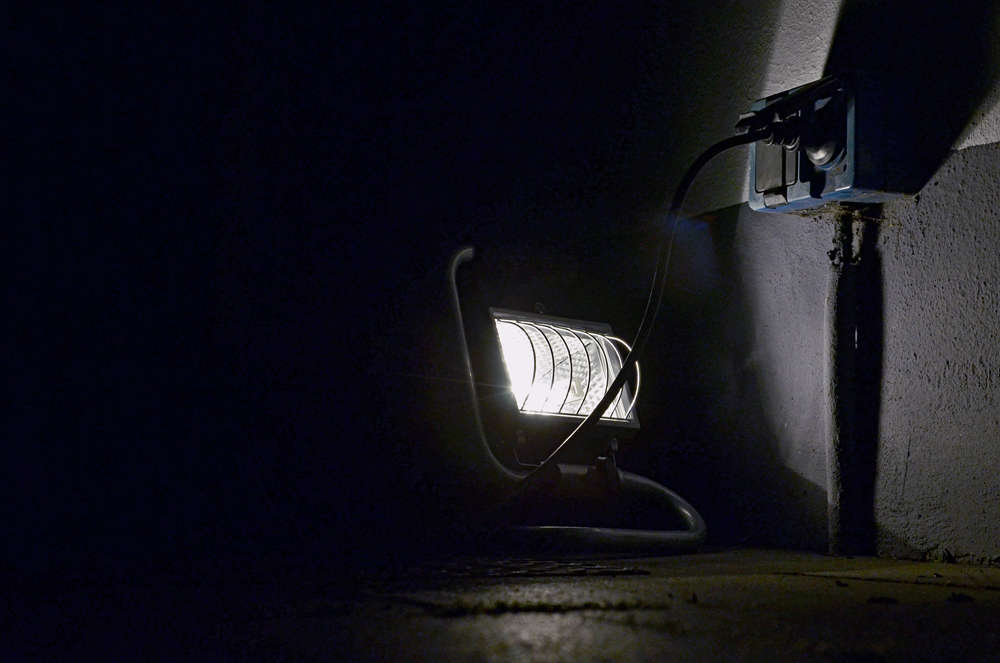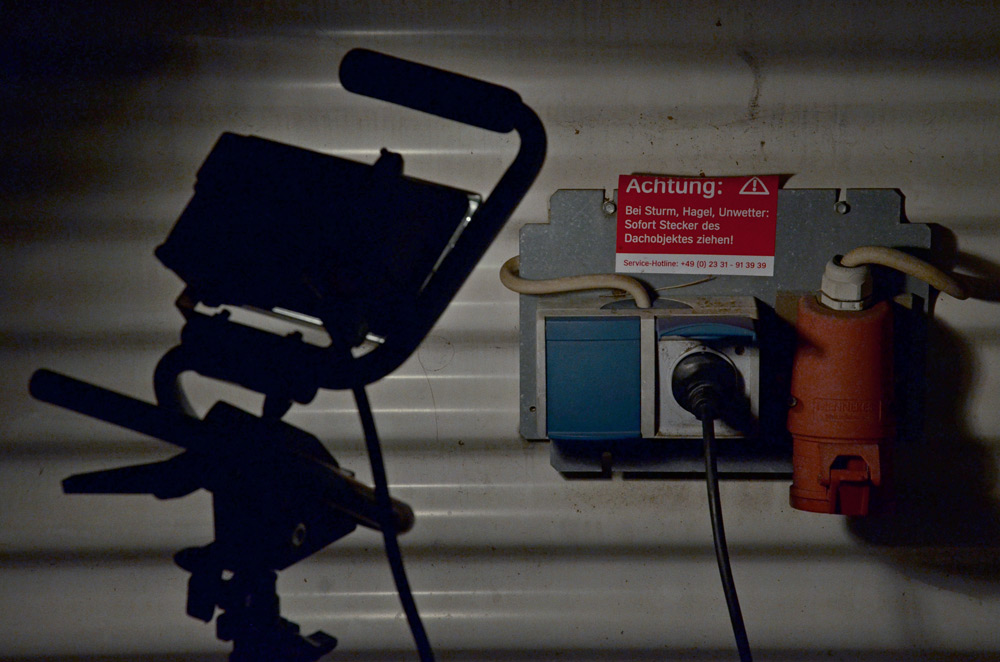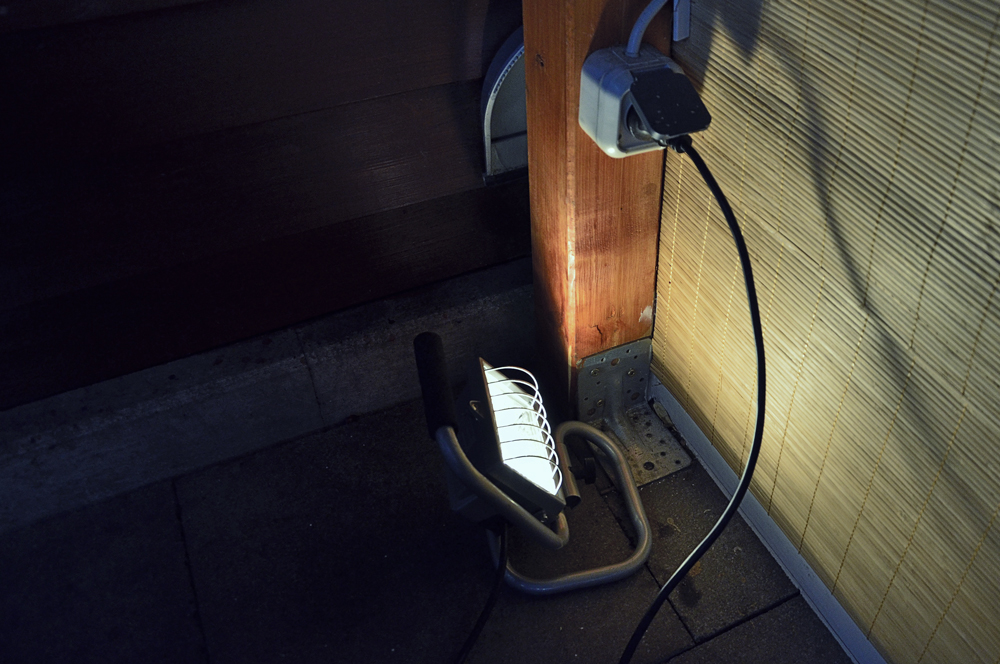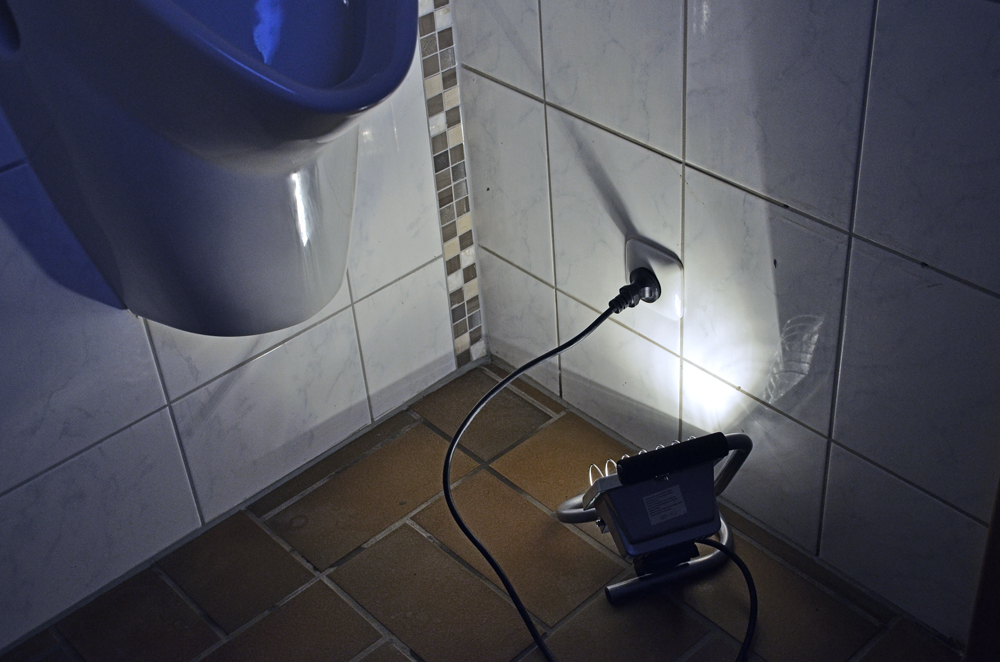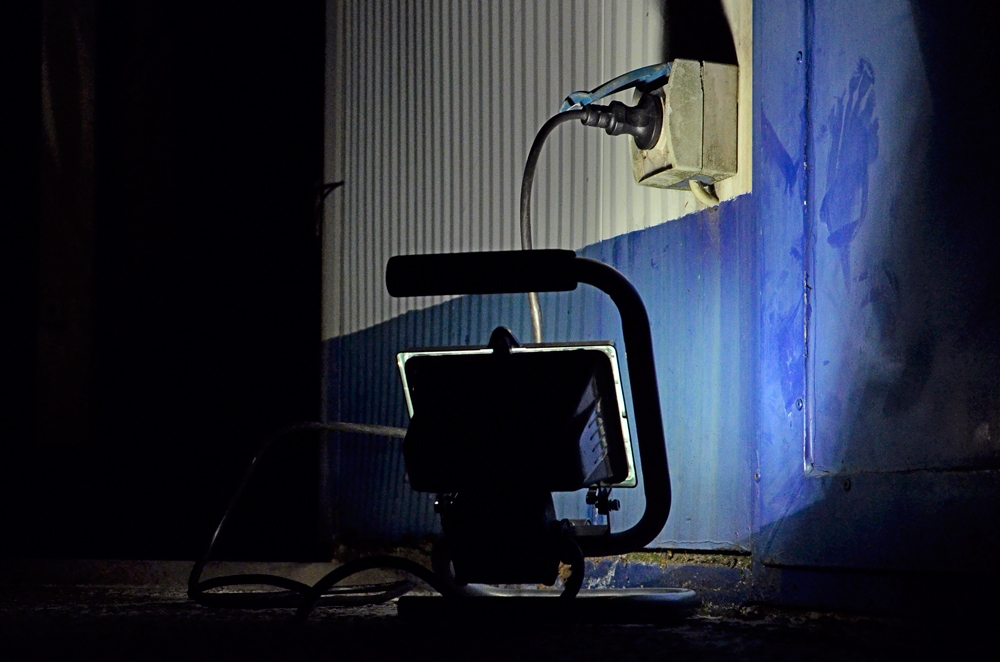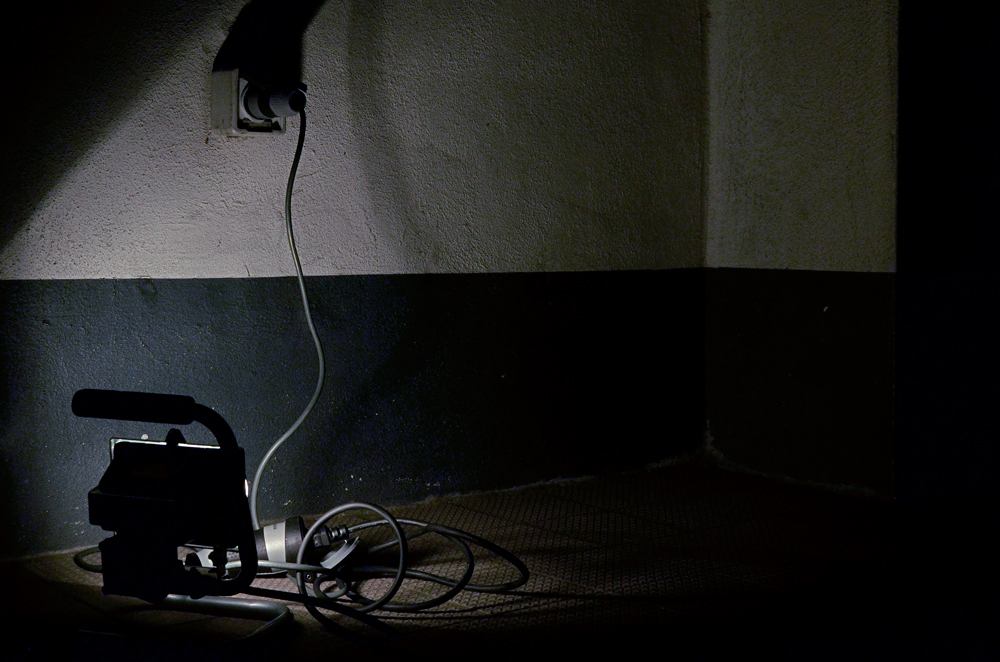Possible Rendezvous
“Possible Rendezvous” is a native mobile application, a psychogeographic dating service that arranges appointments between two random and anonymous people. Each registered app-user receives an invitation to rendezvous with another random user, in a random place, at a random time. The combination (time/place/meeting partners) results algorithmically with the help of a random number generator. App-users have no control over the specifics. They can decide to accept the appointment or not, but if they so desire, the app will send them – at their own risk – on a journey into the unknown. Chosen blind and randomly, the meeting places could be anywhere: in a river or in the middle of the street, on rooftops or atop monuments… Participants will need to solve logistical problems on their own.
The inspiration behind the project title comes from Guy Debord‘s „Theory of Derive“, more specifically from his concept of “possible rendezvous”, which are blind encounters arranged without previous knowledge of the person or meeting place:
„ …The subject is invited to come alone to a certain place at a specified time. He is freed from the bothersome obligations of the ordinary rendezvous since there is no one to wait for. But since this “possible rendezvous” has brought him without warning to a place he may or may not know, he observes the surroundings. It may be that the same spot has been specified for a “possible rendezvous” for someone else whose identity he has no way of knowing. Since he may never even have seen the other person before, he will be encouraged to start up conversations with various passersby. He may meet no one, or he may even by chance meet the person who has arranged the “possible rendezvous”. In any case, particularly if the time and place have been well chosen, his use of time will take an unexpected turn…“
Guy Debord, “Theory of Derive”, 1958
The „Possible Rendezvous“-app is a digital tool that makes the Debordian concept feasible.
What‘s the use of the app?
The concept‘s scope is multifaceted:
1. The „Possible Rendezvous“-app is a parody of commercial dating services like Tinder, Match, Badoo, etc. All of them match users based on their virtual profiles (private pictures, age, physique, profession, hobbies, skills), which purportedly personalises the search. Such match-making rather seems to me to be an extension of the employment market. The candidates mould themselves into one of the prefabricated templates to increase their chances of getting sold or to improve their purchasing power. The dates and potential relationship in this case is reduced to a business deal, where both parties vie to win as much as they can.
In contrast to commercial dating services, the „Possible rendezvous“-app brings back the idea of a rendezvous as a unique encounter, groundbreaking life experience, spontaneous and irrational. The app follows the gender neutral principle of rendezvous, as the act of a naive, open heart and mind, devoid of prejudice. Possible Rendezvous is free from sexual or partnership connotations. The encounter may be possible between people of completely different ages, genders, nationalities, professions, political attitudes or beliefs. The consequences for both sides remain open. The encounter is an purpose in itself. The „Possible Rendezvous“-app is not about personal gain or loss: it‘s an openness with others.
2. The „Possible Rendezvous“-app is a psychogeographic tool. The app doesn‘t just set the stage for new social situations, it institutionalises the preconditions. It‘s not just a one-time special event but a tool with which we can change the very nature of everyday life. The app is nothing more than a direct and dogmatic implementation of the Debordian maxim:
„… the action of chance is naturally conservative and in a new setting tends to reduce everything to habit or to an alternation between a limited number of variants. Progress means breaking through fields where chance holds sway by creating new conditions more favorable to our purposes.“
So, the „Possible Rendezvous“-app is a social engineering of such new conditions.
3. The „Possible Rendezvous“-app is also a performance tool. I‘m creating this app as a digital medium which generates performative situations in line with the principles of Situationist Internationale. The app doesn‘t need me as a performer, rather it prompts my app-users to perform in my place. I purposefully shed the role of the performance artist as an exhibitionist in favour of a role as an initiator of social processes, a designer of an ever-changing social sculpture.
In the era of digital dating, digital scheduling and digital tracking, technology carves out comfortable, personalised templates for us to live and move around in. The blind „possible rendezvous“ could reintroduce lost spontaneity and improvisation into an otherwise safe and precalculated existence.
How does the app work?
Anyone can create a free online account. The accounts remain completely anonymous. There is no option to disclose any personal information: no name, no age, no address, no photo, no sex, no nationality, no religion, no educational background, no employment history or any other sort of personal information. The account consists of only three components: a nickname (optional), an e-mail address and a password (the latter two can only be seen by web admin).
To specify the search details, users begin by setting a starting point: they place a marker anywhere on the world map, specifying the scope of their searching area by moving the slider to the left or right. They can expand their searching area from their neighbourhood to the entire surface of the planet.
The next step is to define the time interval. Users set the start and finish dates. For example, from now until the end of the current week or from 16:25 CET next Monday until 02:48 CET on July 31st, 2022. As soon as the place and time are specified, the users simply relax and wait for an invitation to the next possible rendezvous.
Once the place and time have been delimited, the software will be able to sort the rendezvous candidates into groups according to matching place and time inputs. The algorithm then selects a random pair out of a group and randomly calculates an exact meeting place and time. The pair will receive their invitation to rendezvous via e-mail.
„Possible Rendezvous“ is a further development of the performative workshop „(dis)appointment“, which took place in November 2017 at the WRO Center, in Wroclaw / Poland. During this workshop, the participants were the first to do a trial-run of the application. For the trial, I restricted the geographical span to the city limits and the time span to 24 hours. I would like to repeat the local trial-run wherever I’ll present the app. I‘ll also restrict the geographical span to the city limits wherever I am and the time span to the period of my currently residence.
The geographical span for the official app will cover the entire surface of our planet. The time interval will include the moment of actual use +100 years forward (namely, to the end of the user’s life). However, the user will be able to limit the spacial/time span: within their city, country, continent; within a week, month, year, etc. The official app will also provide users with personal accounts that make it possible to arrange as many rendezvous as desired. I intend to create the software to be made freely available for download and installation on any type of device or operating system: PC, Mac, Linux, Android, Blackberry, etc. Additionally, I will also promote the app via social media and to create pitch videos and ads.
